





















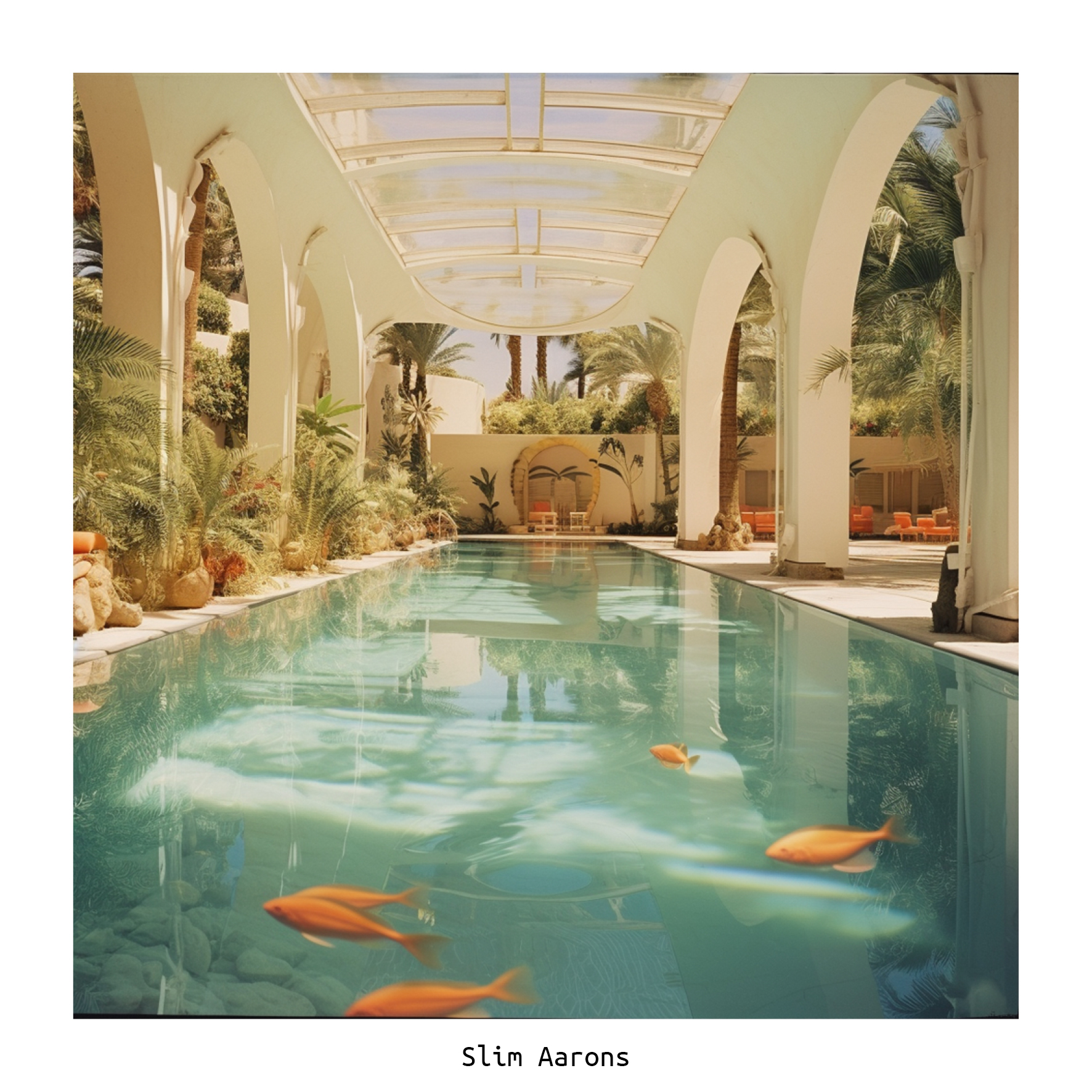




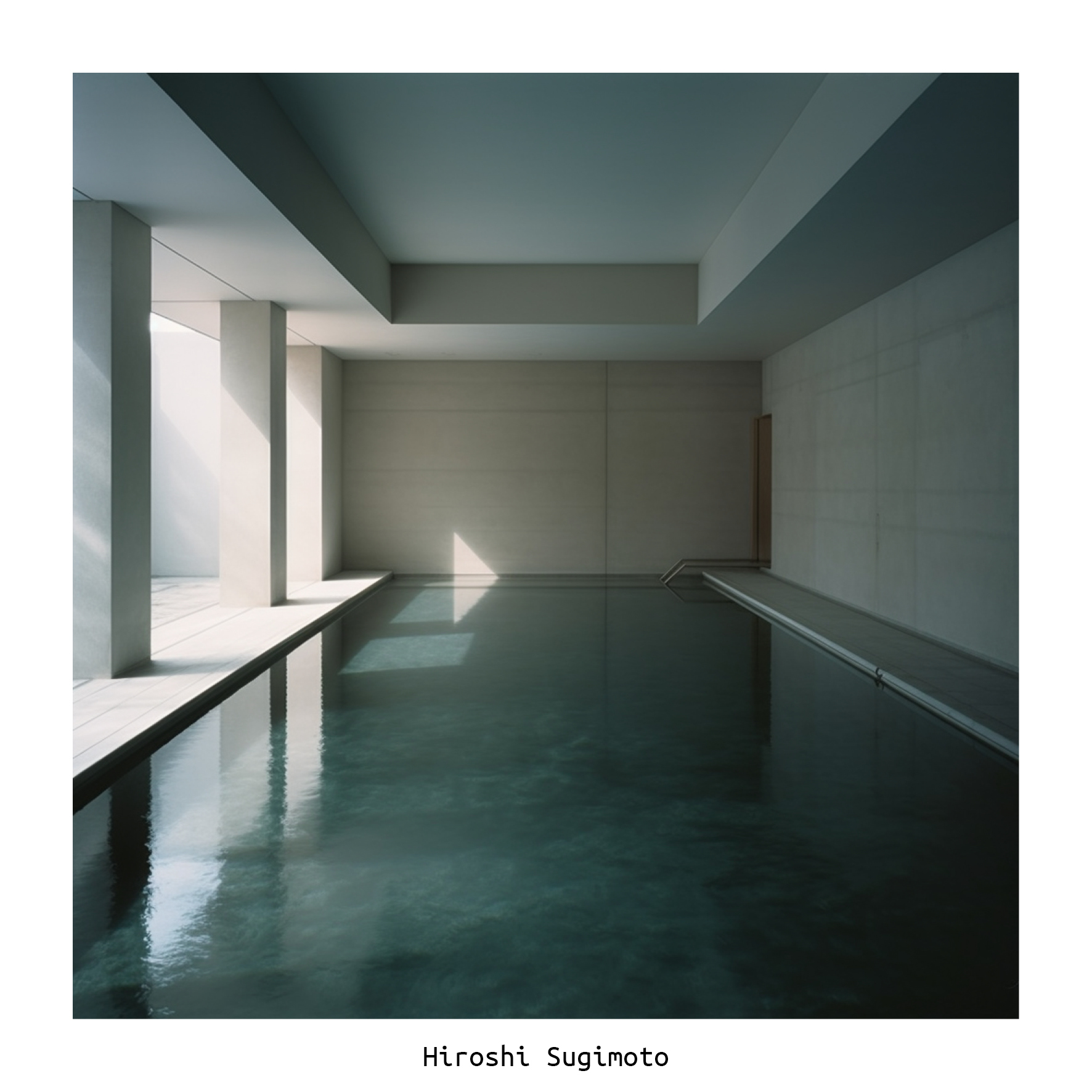

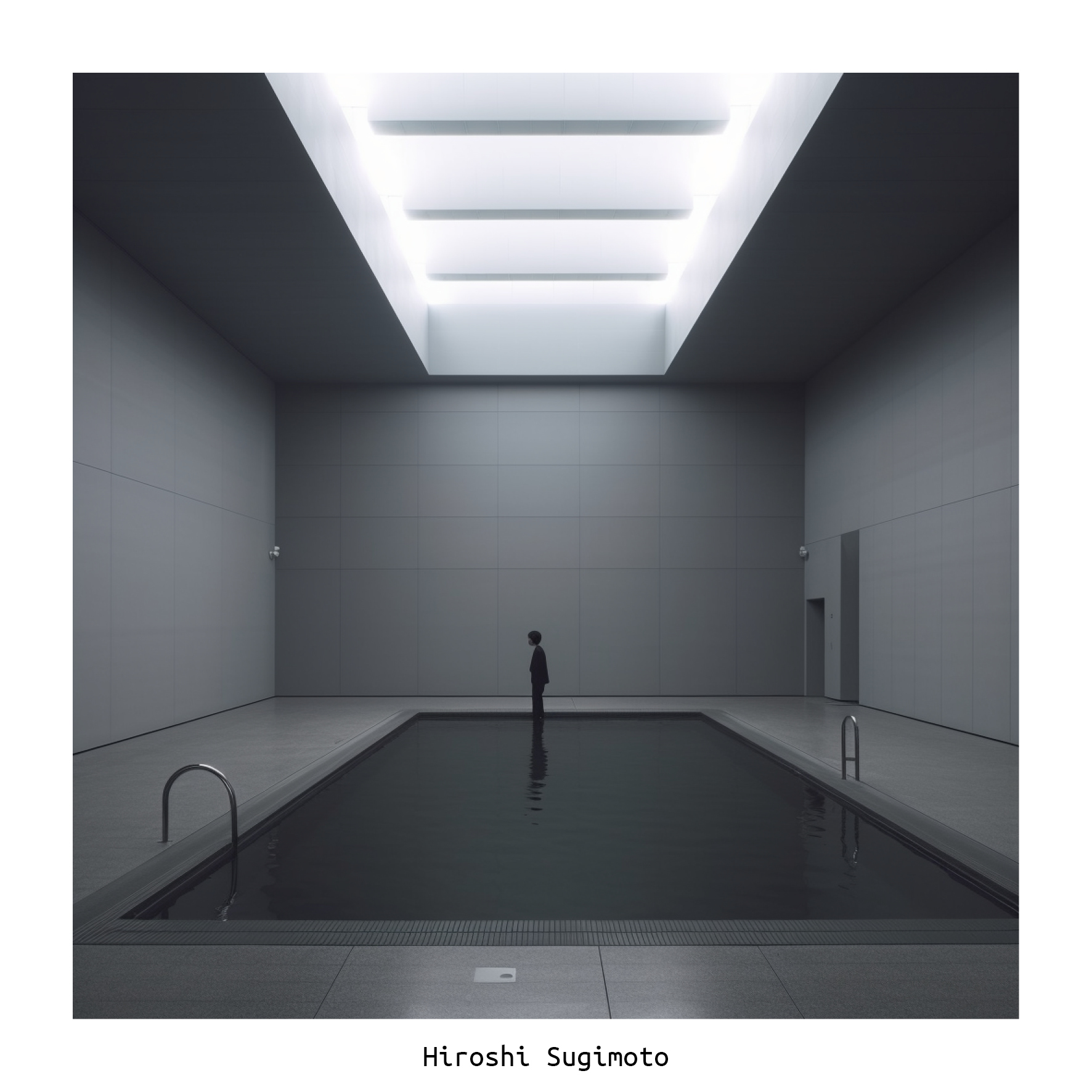
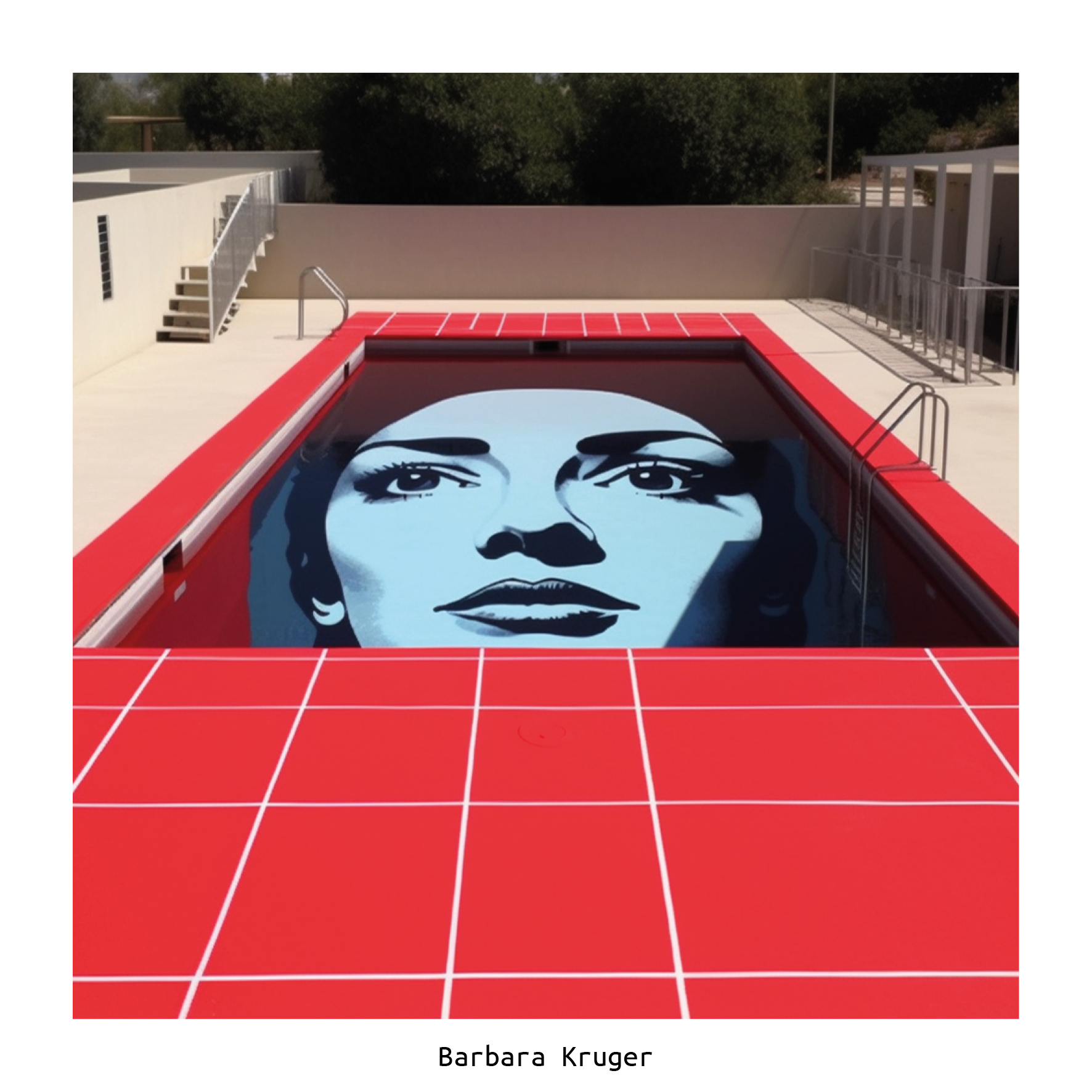


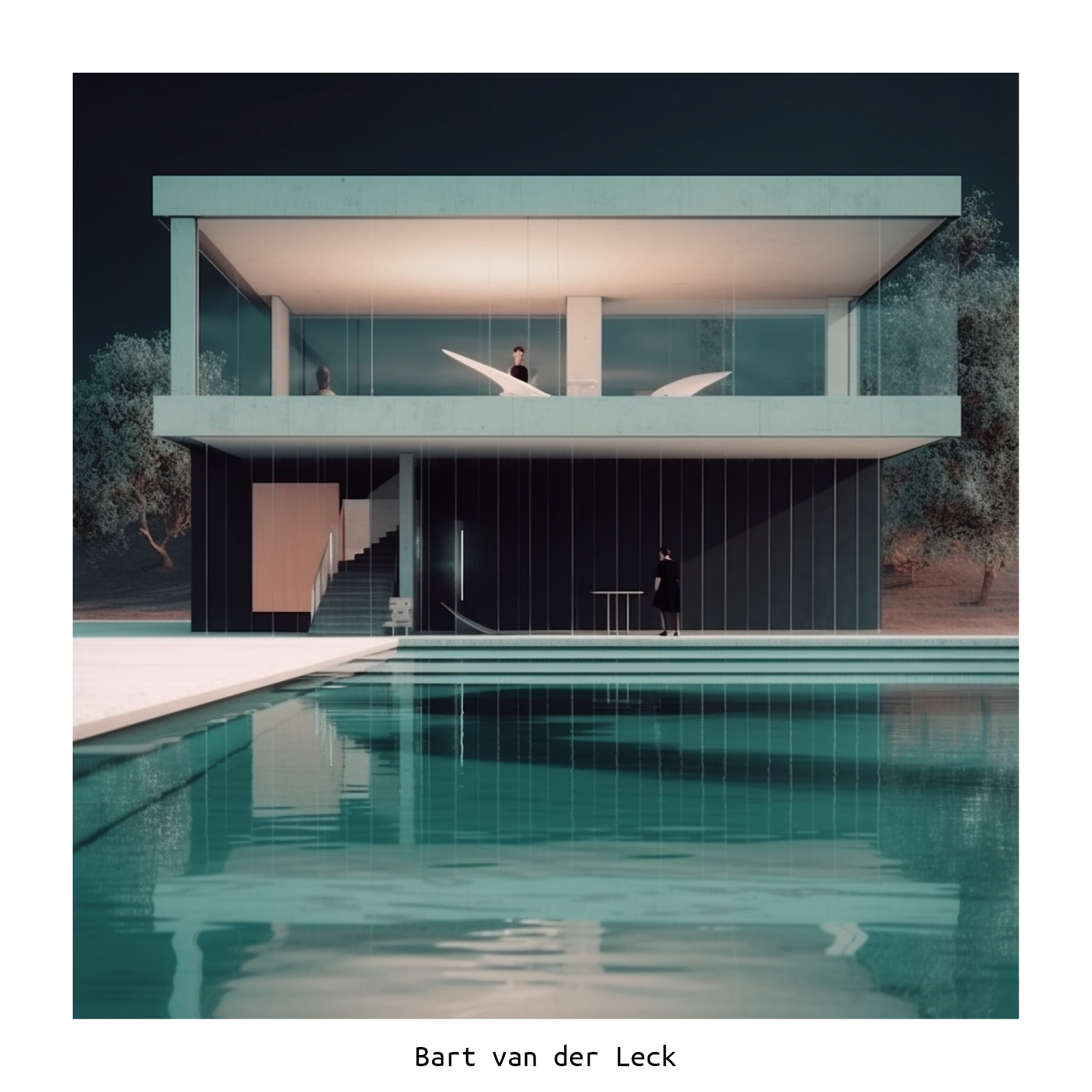
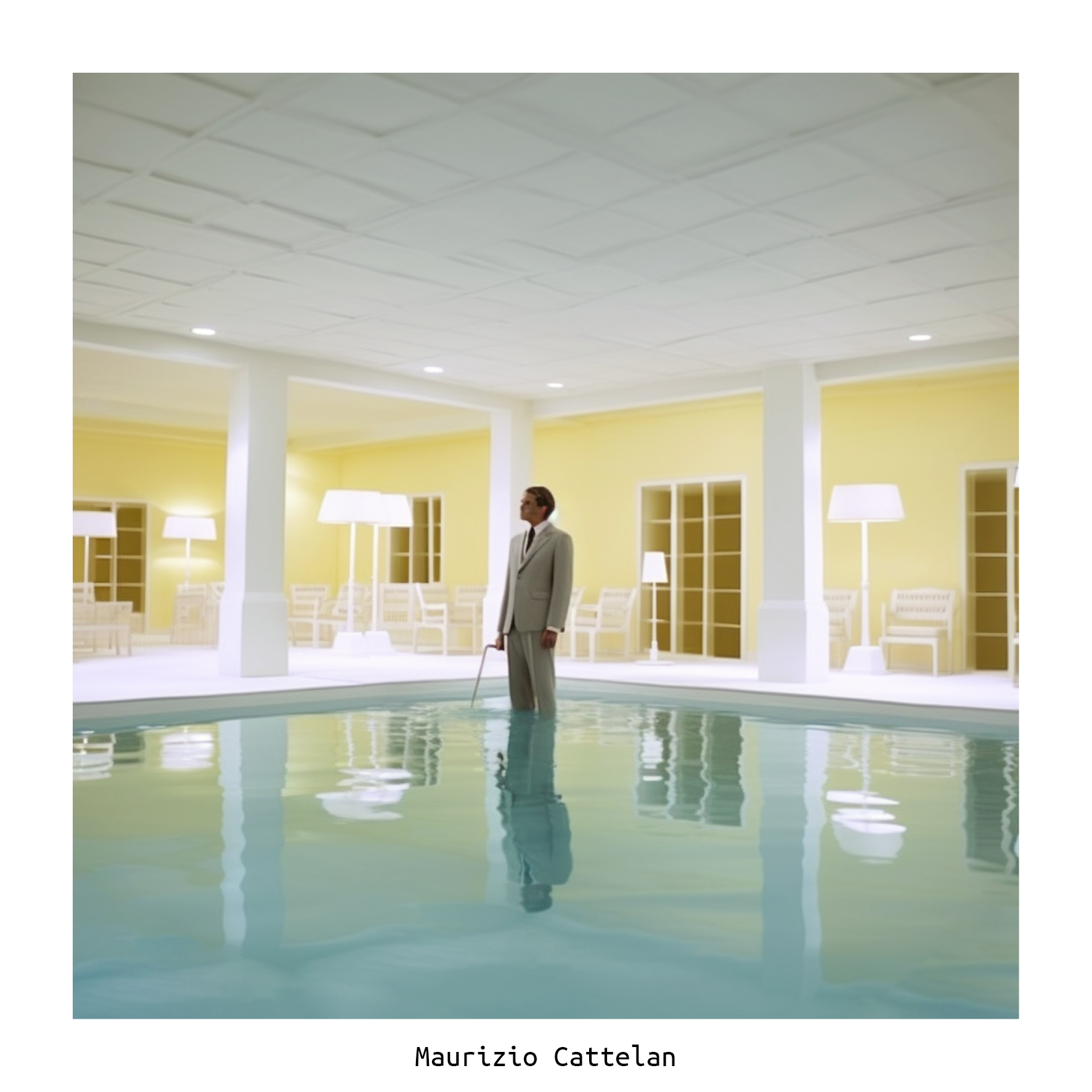
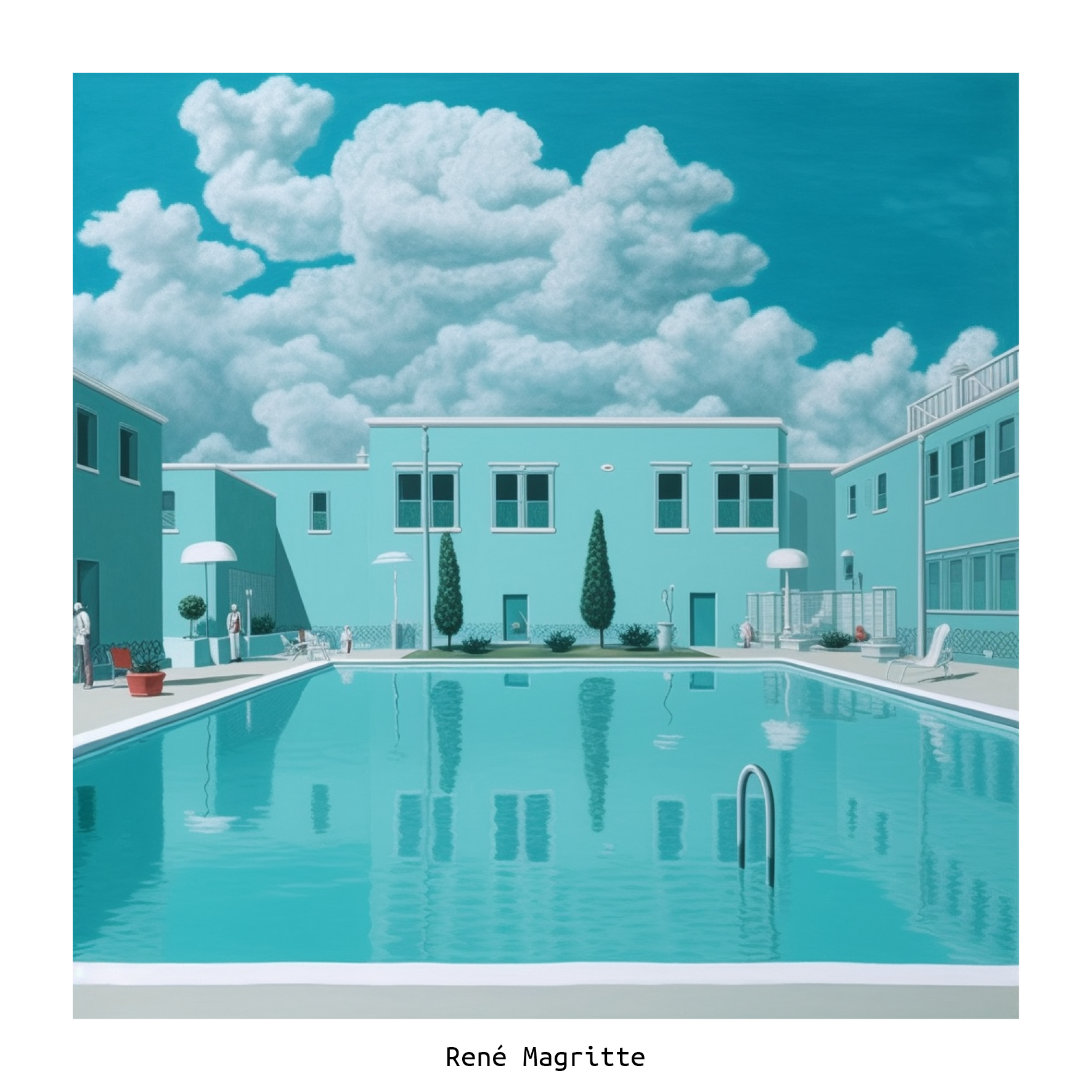

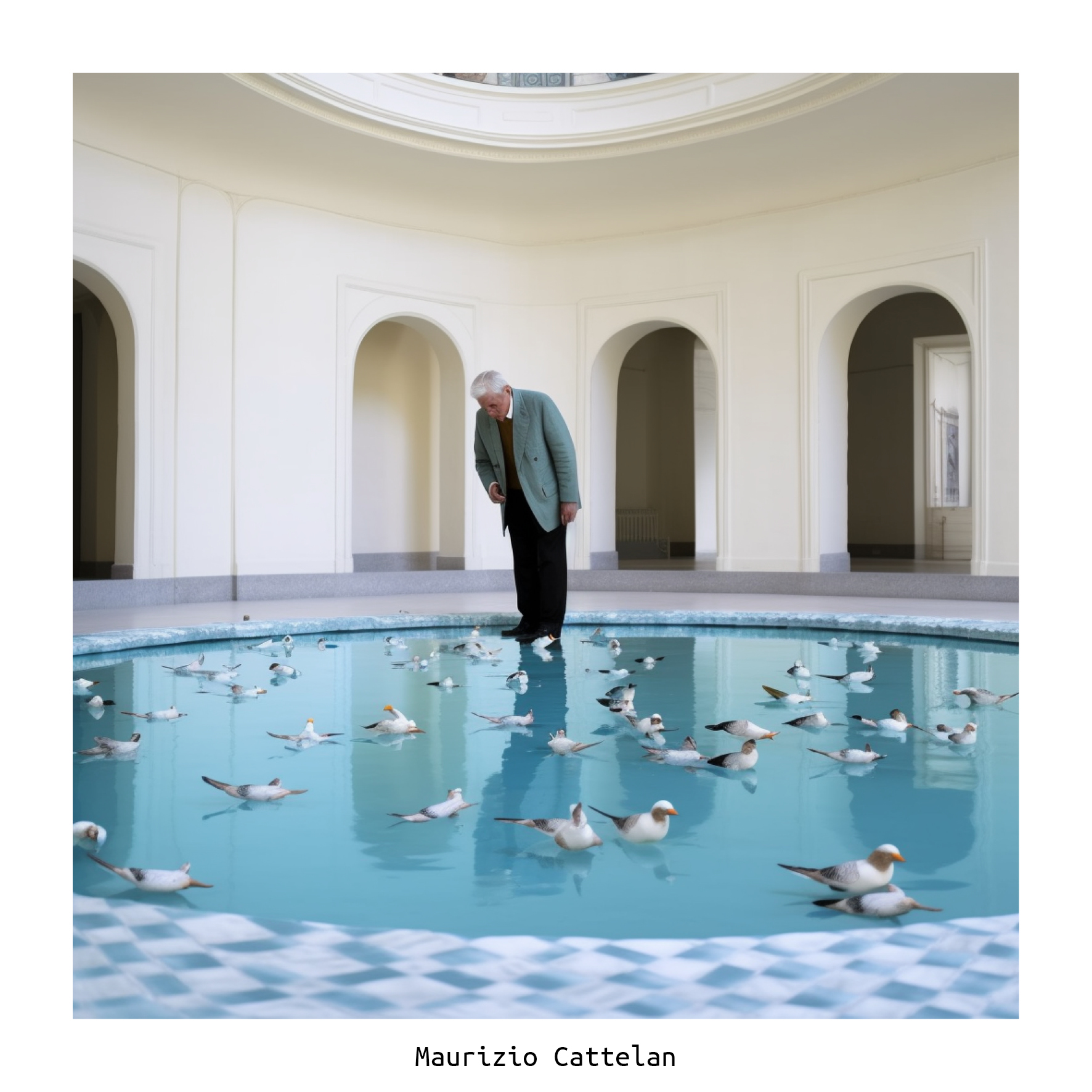


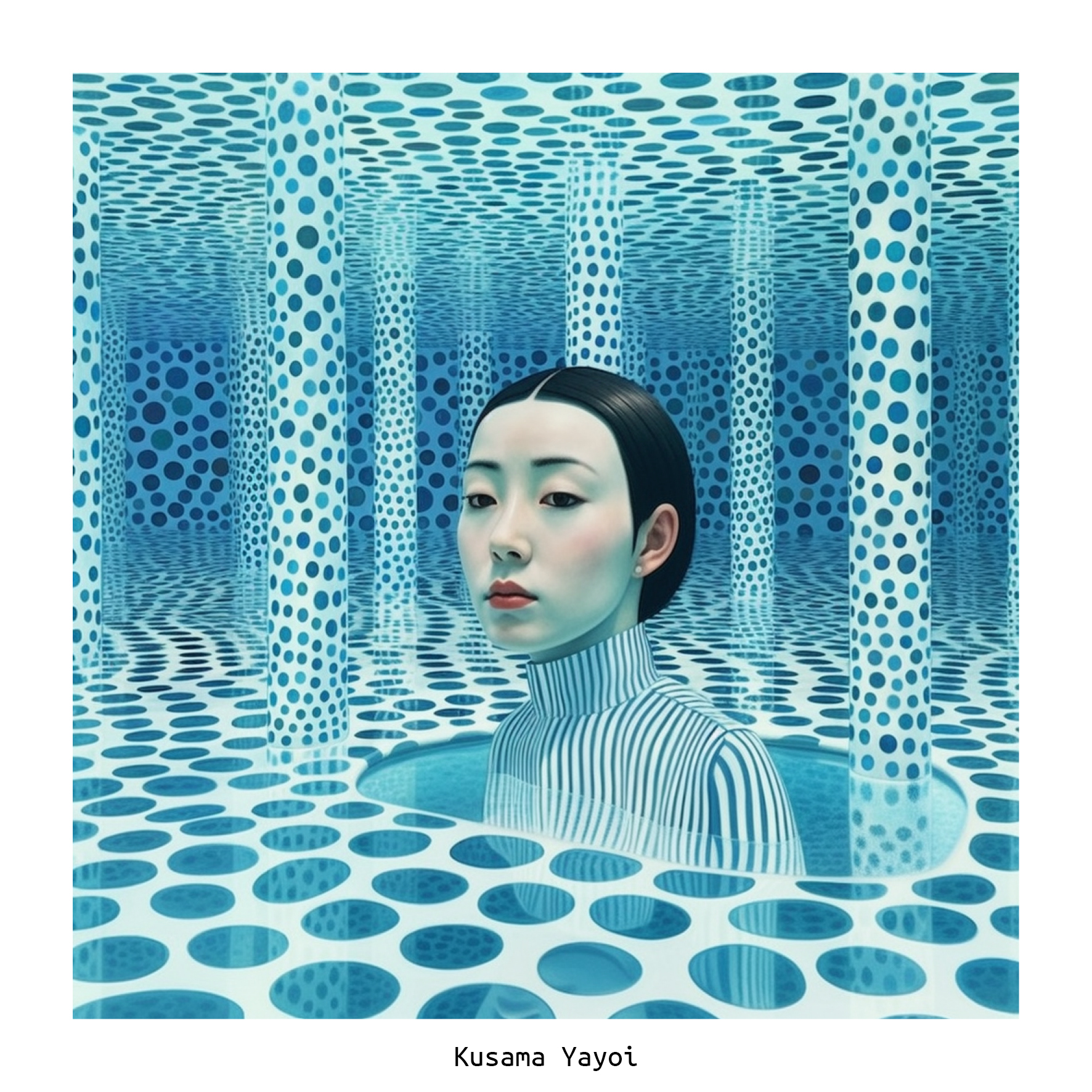

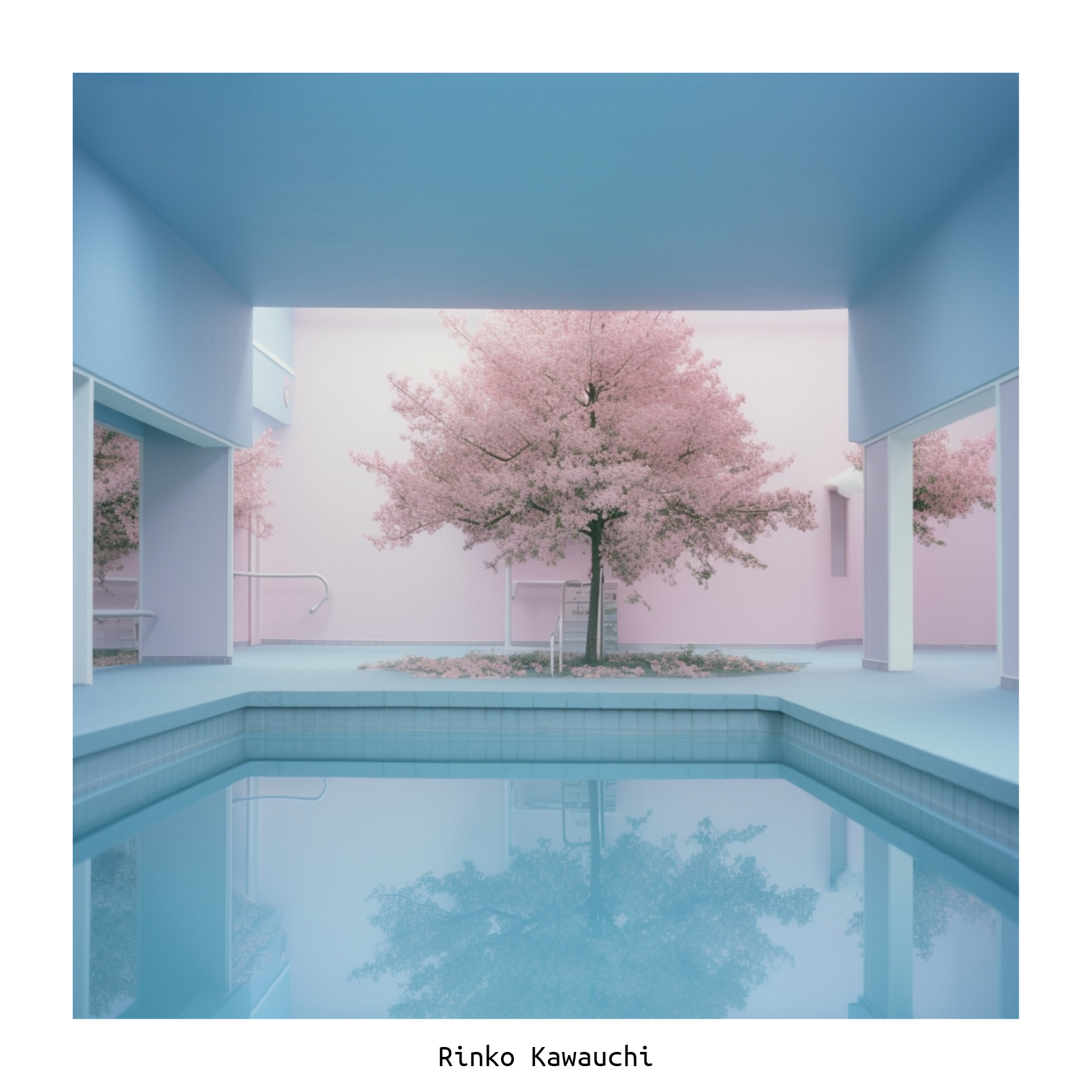
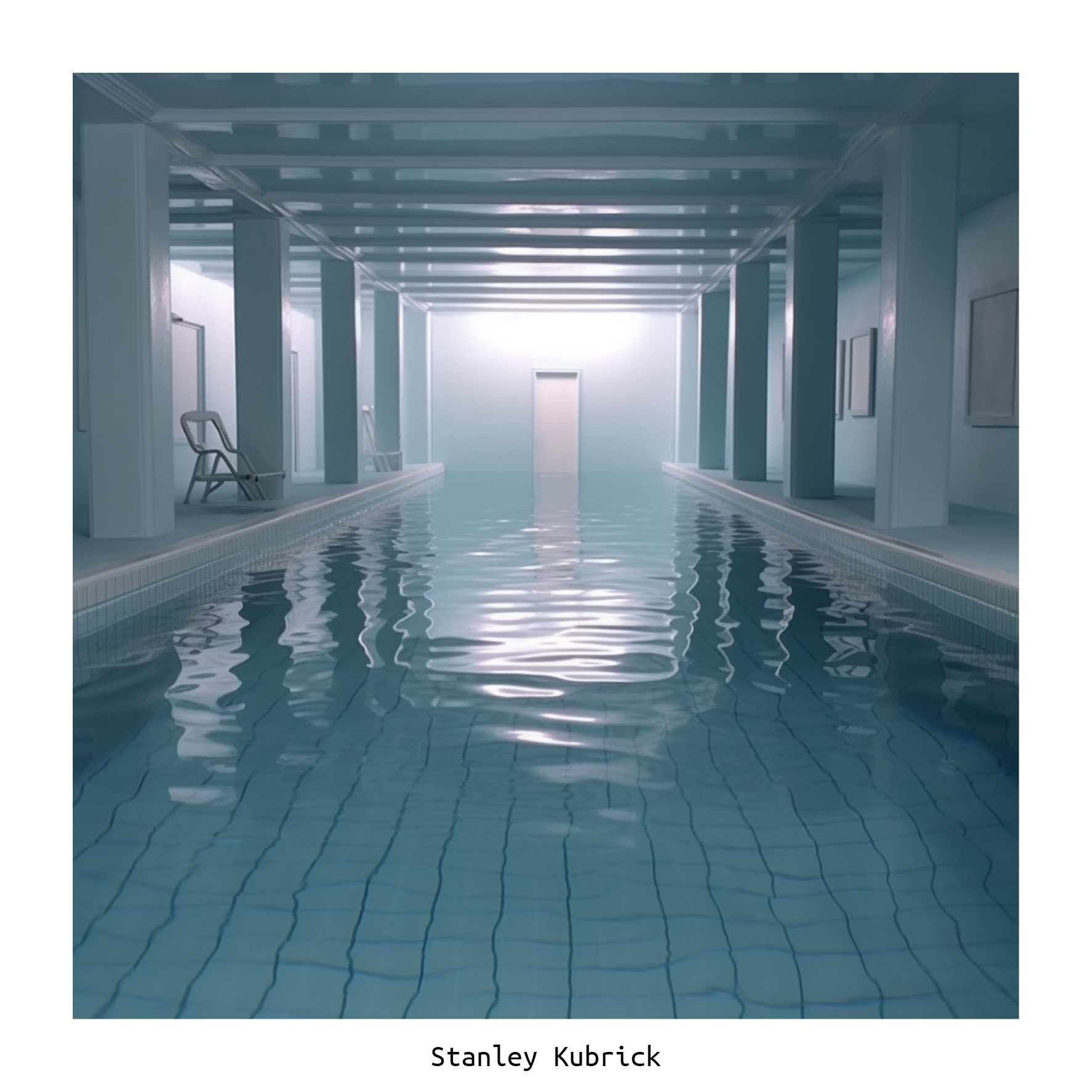

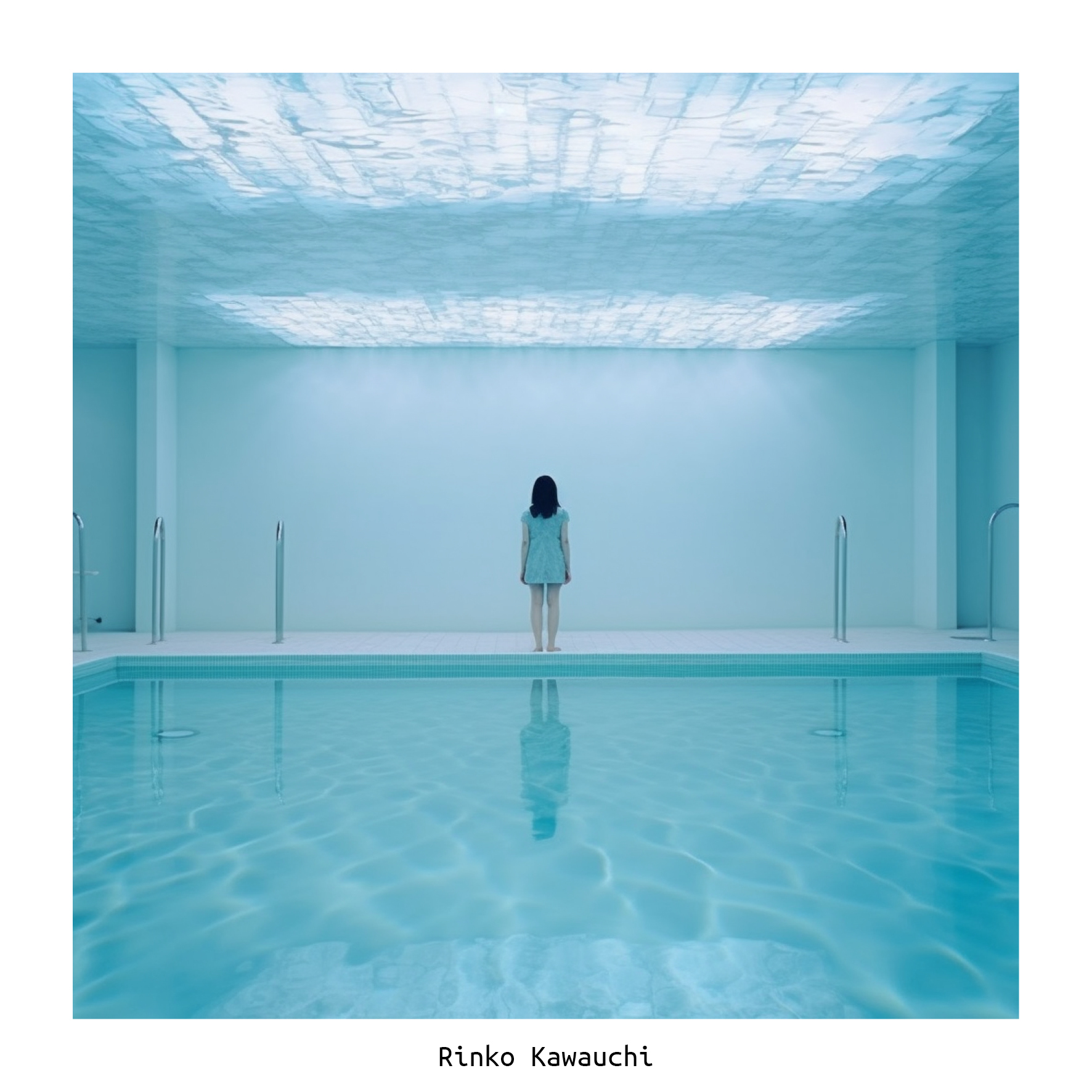
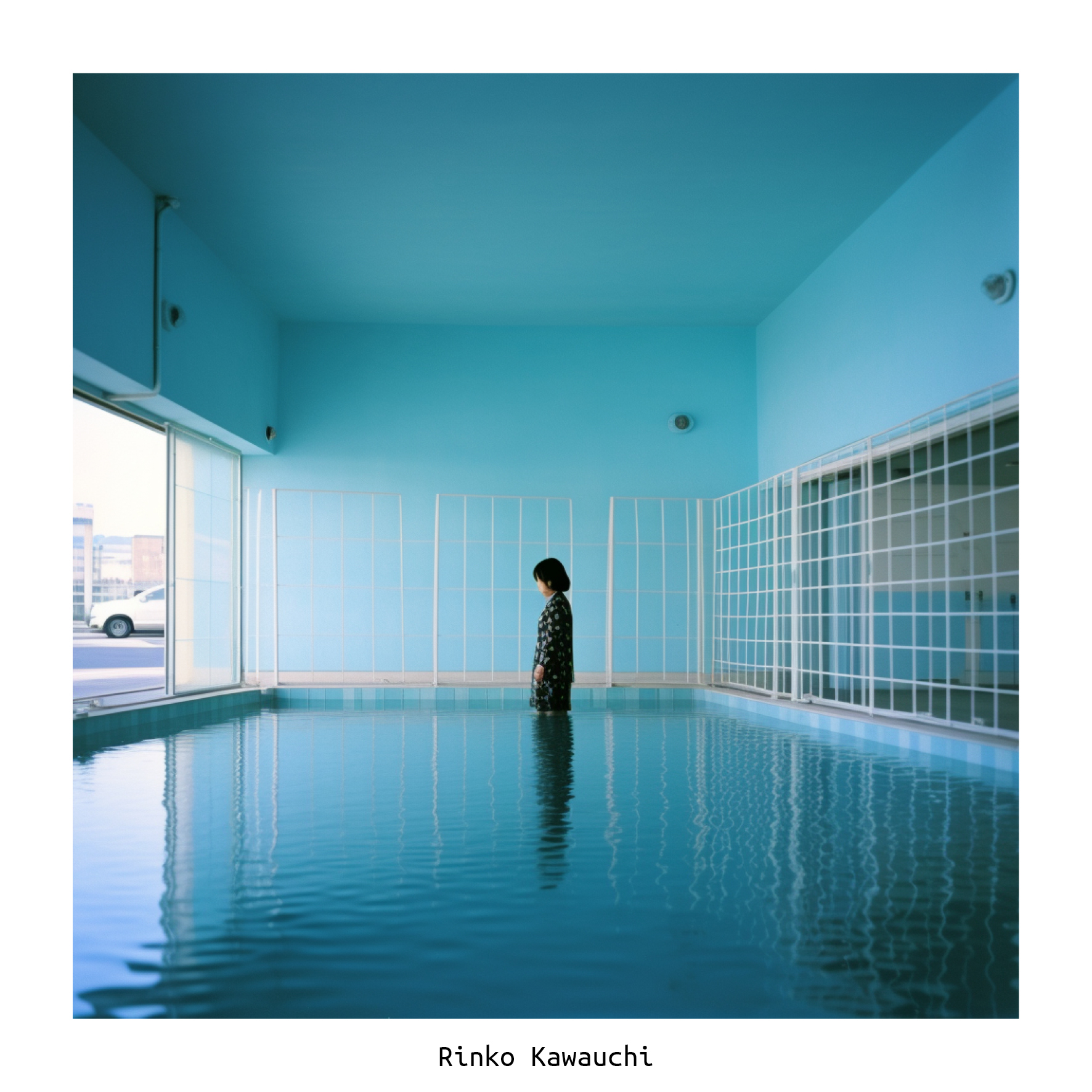
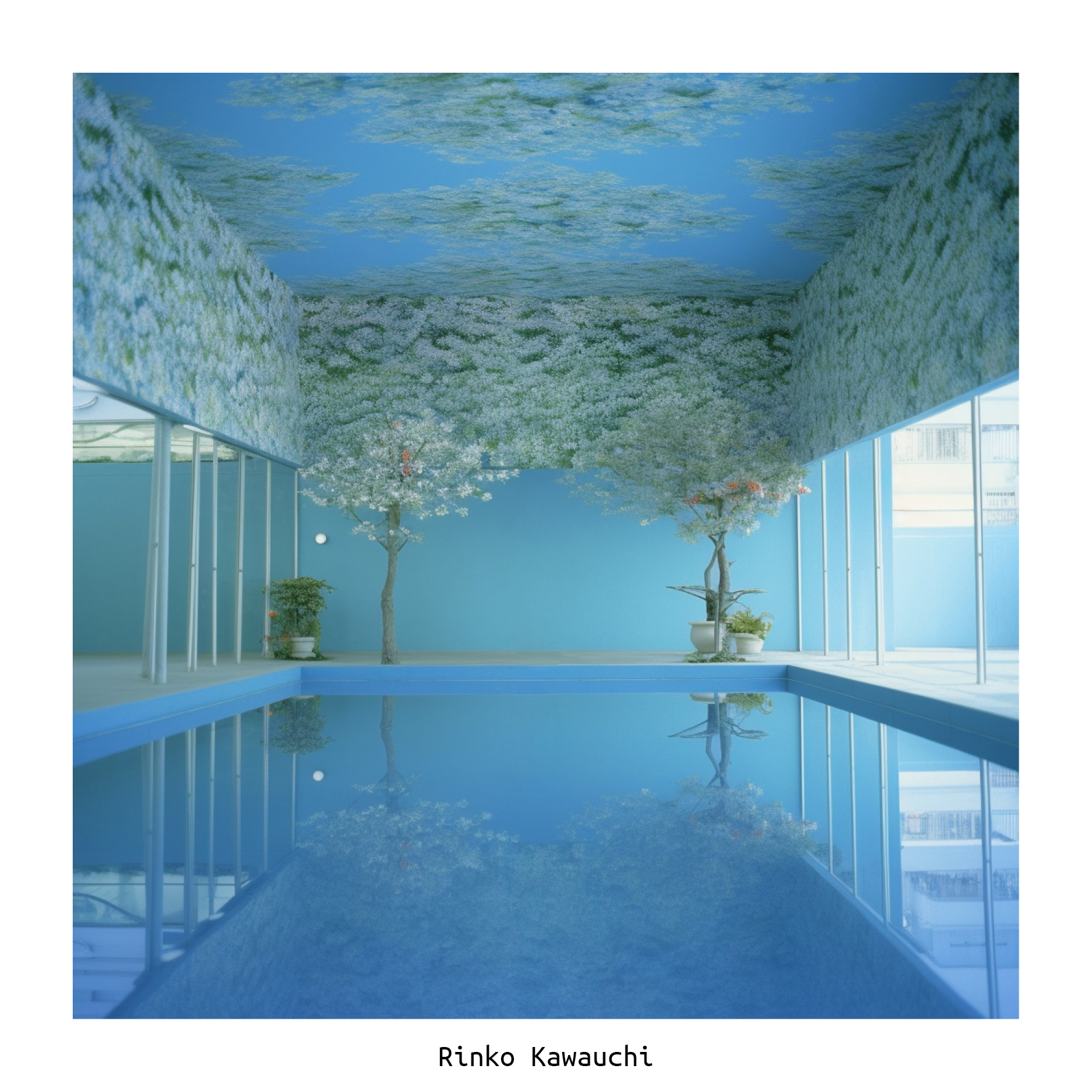
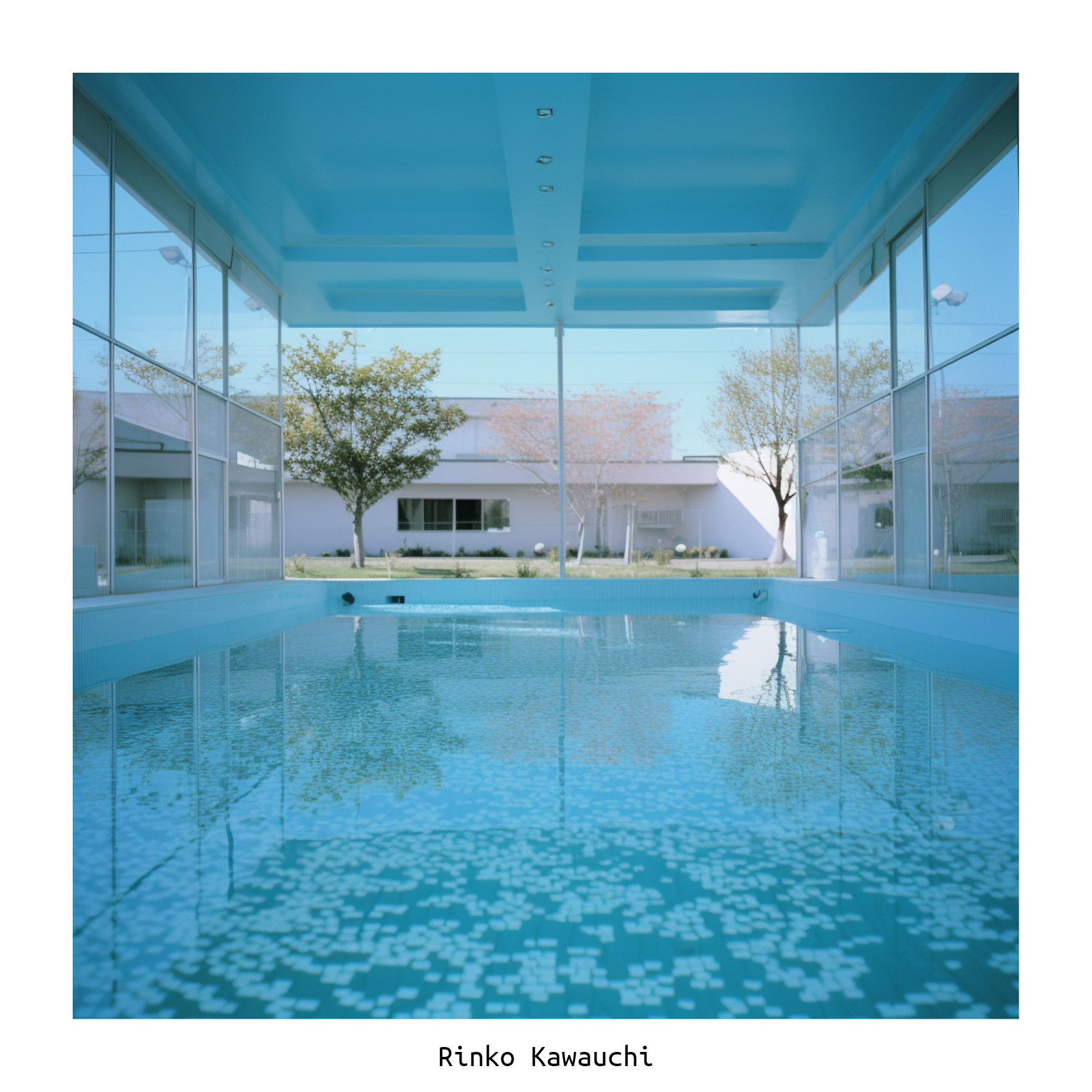
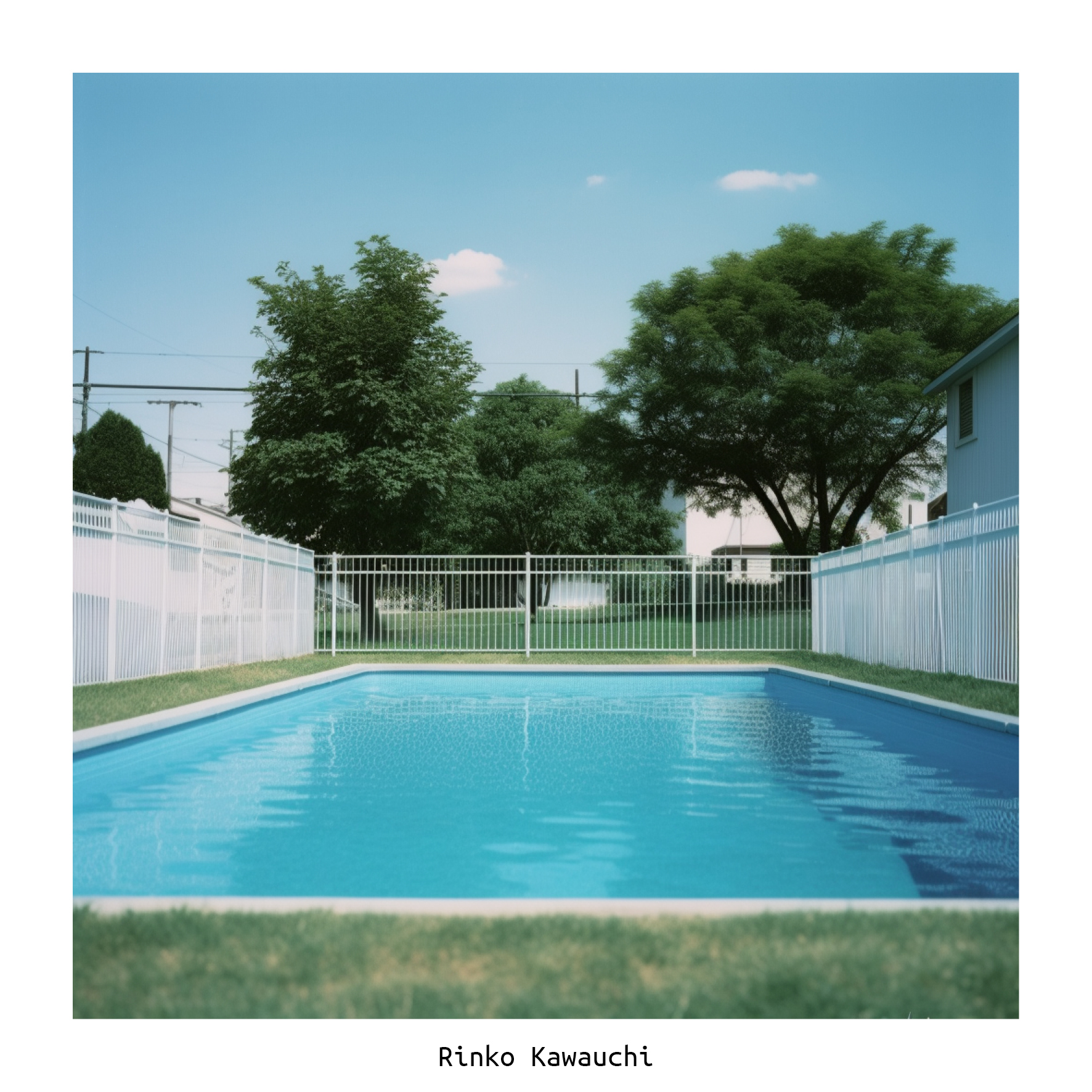
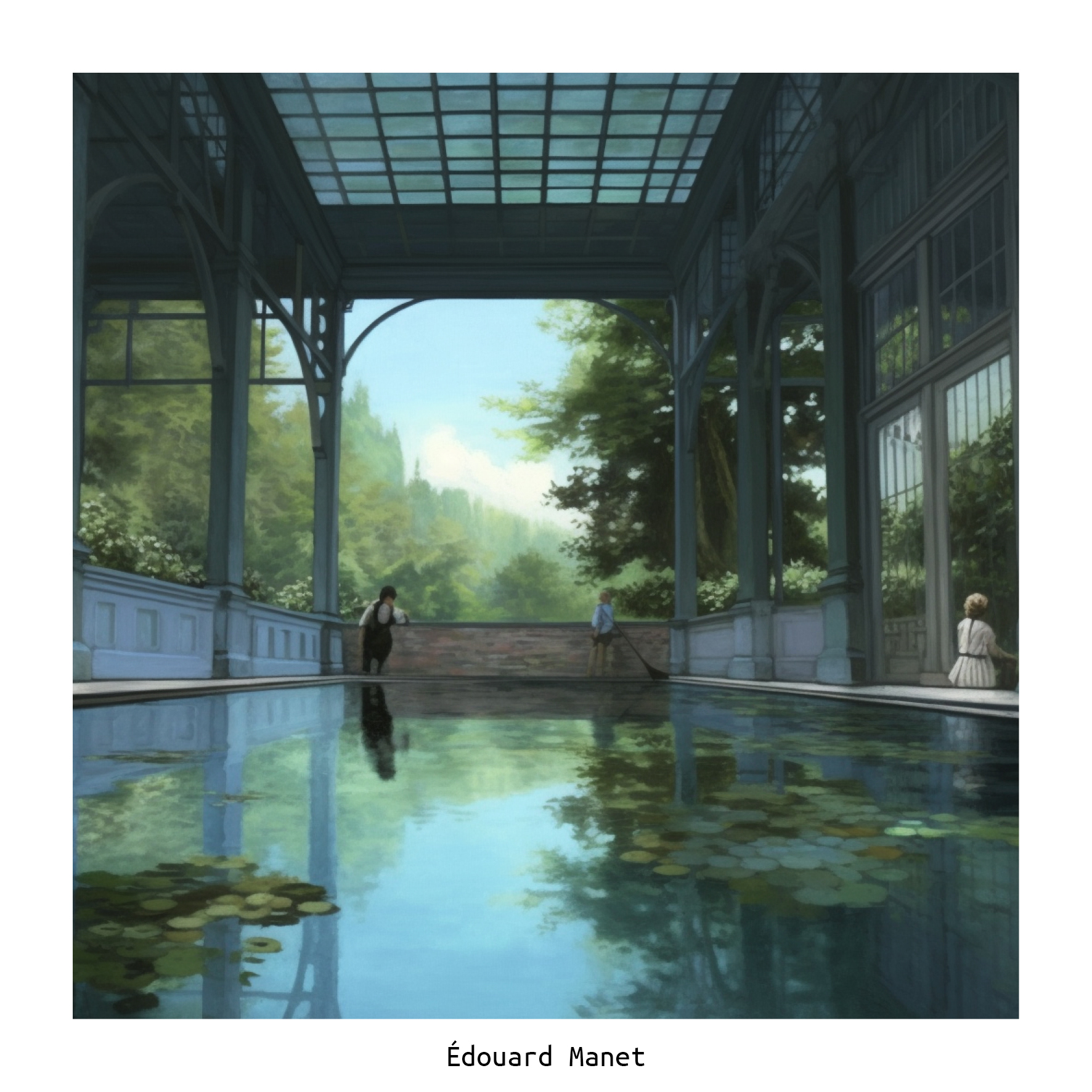
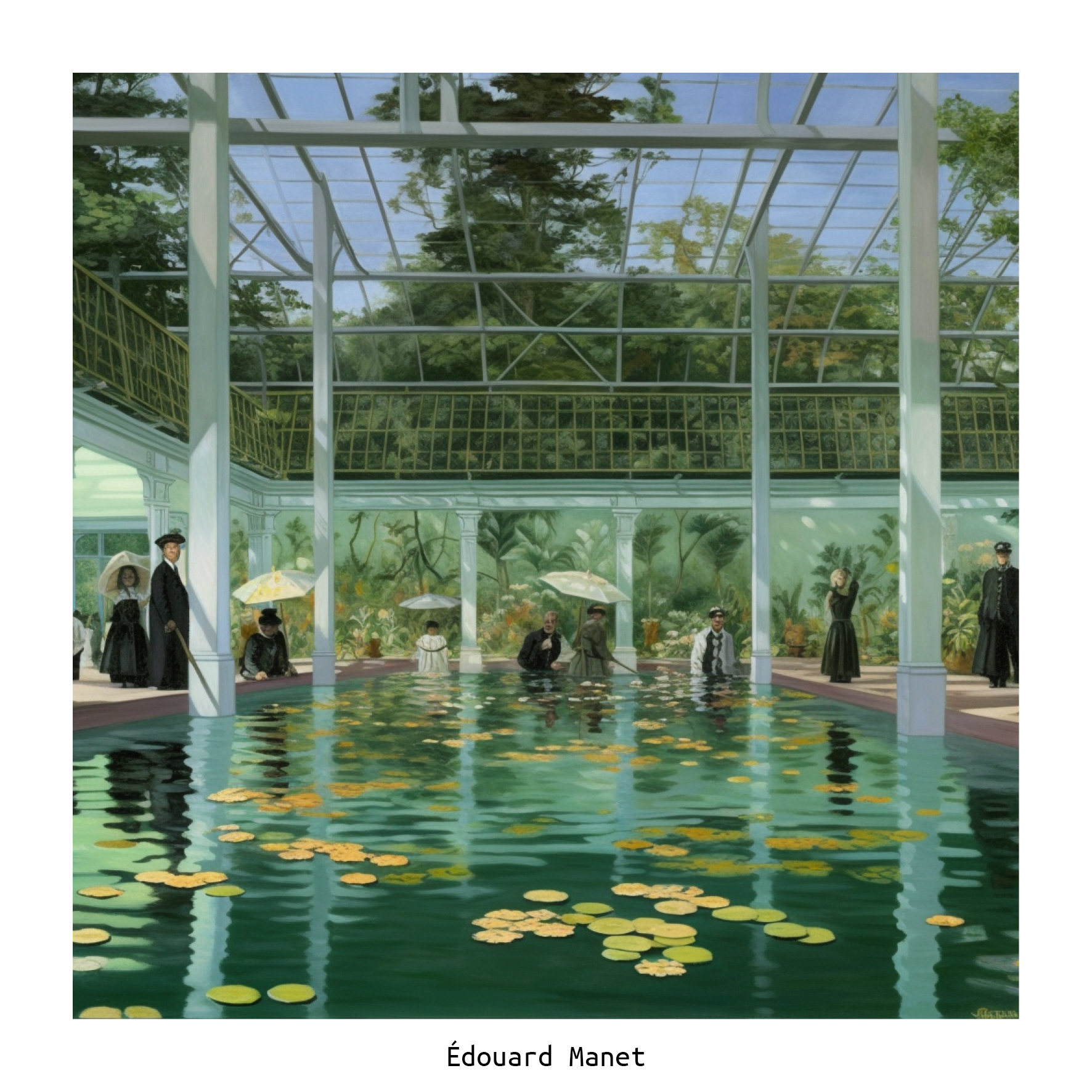

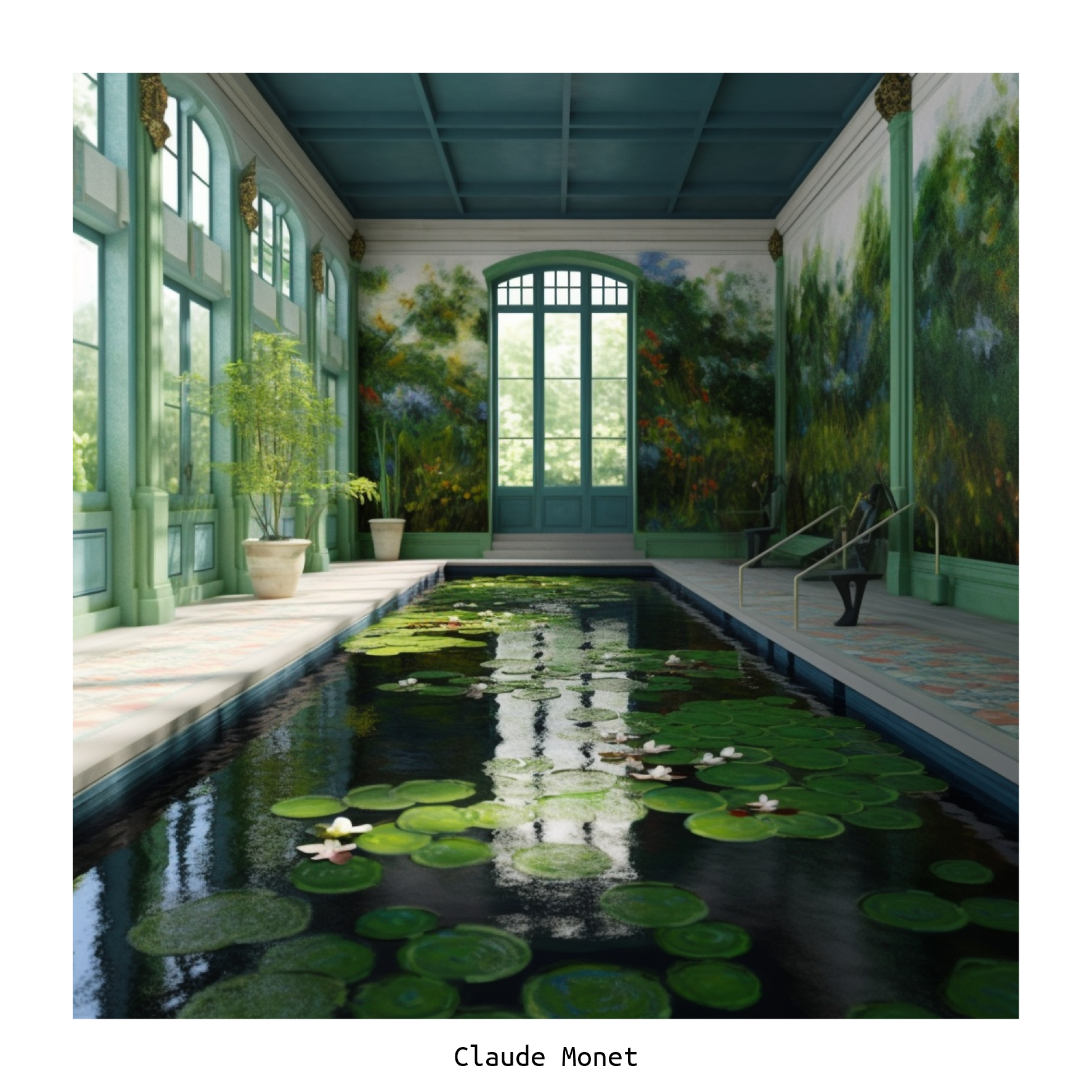
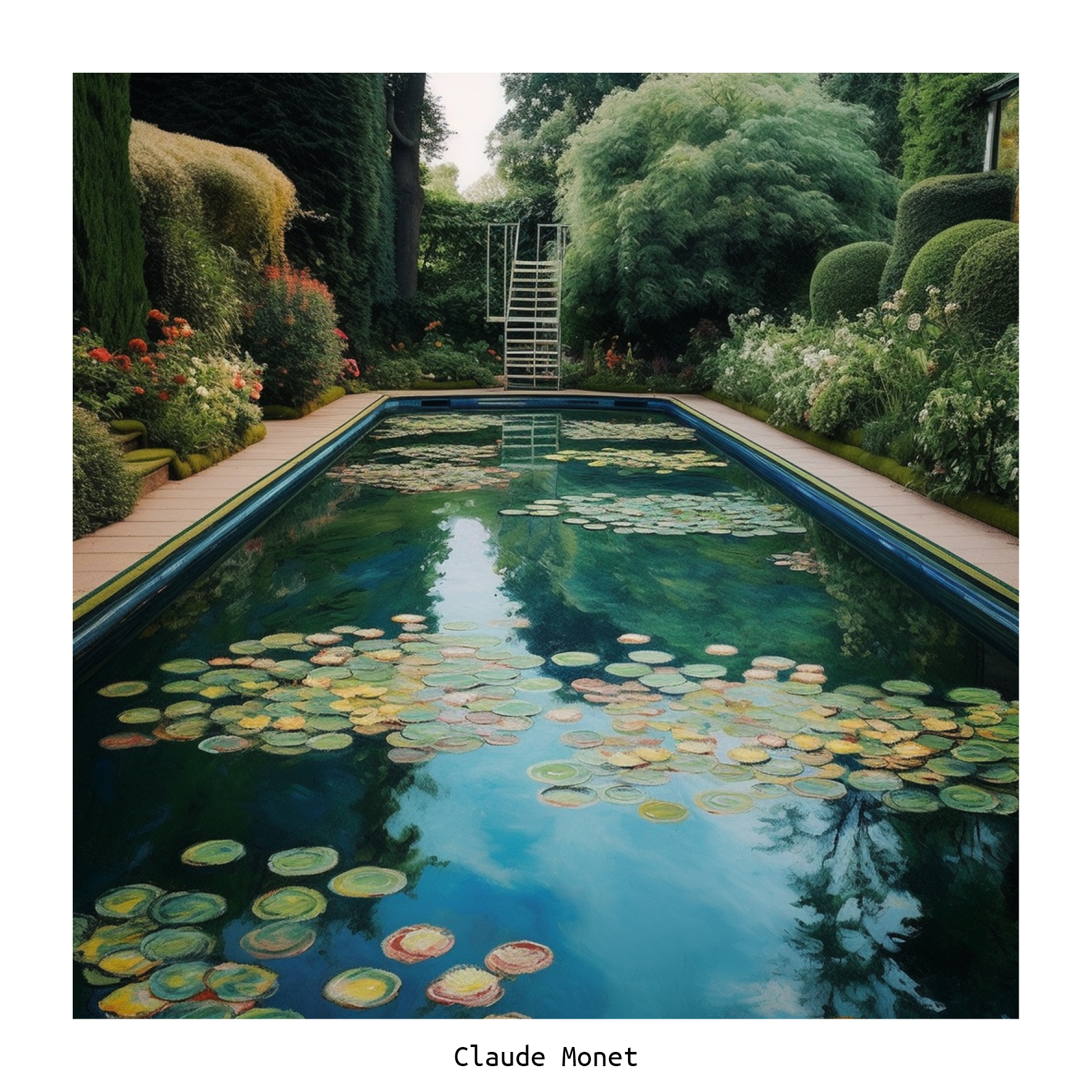
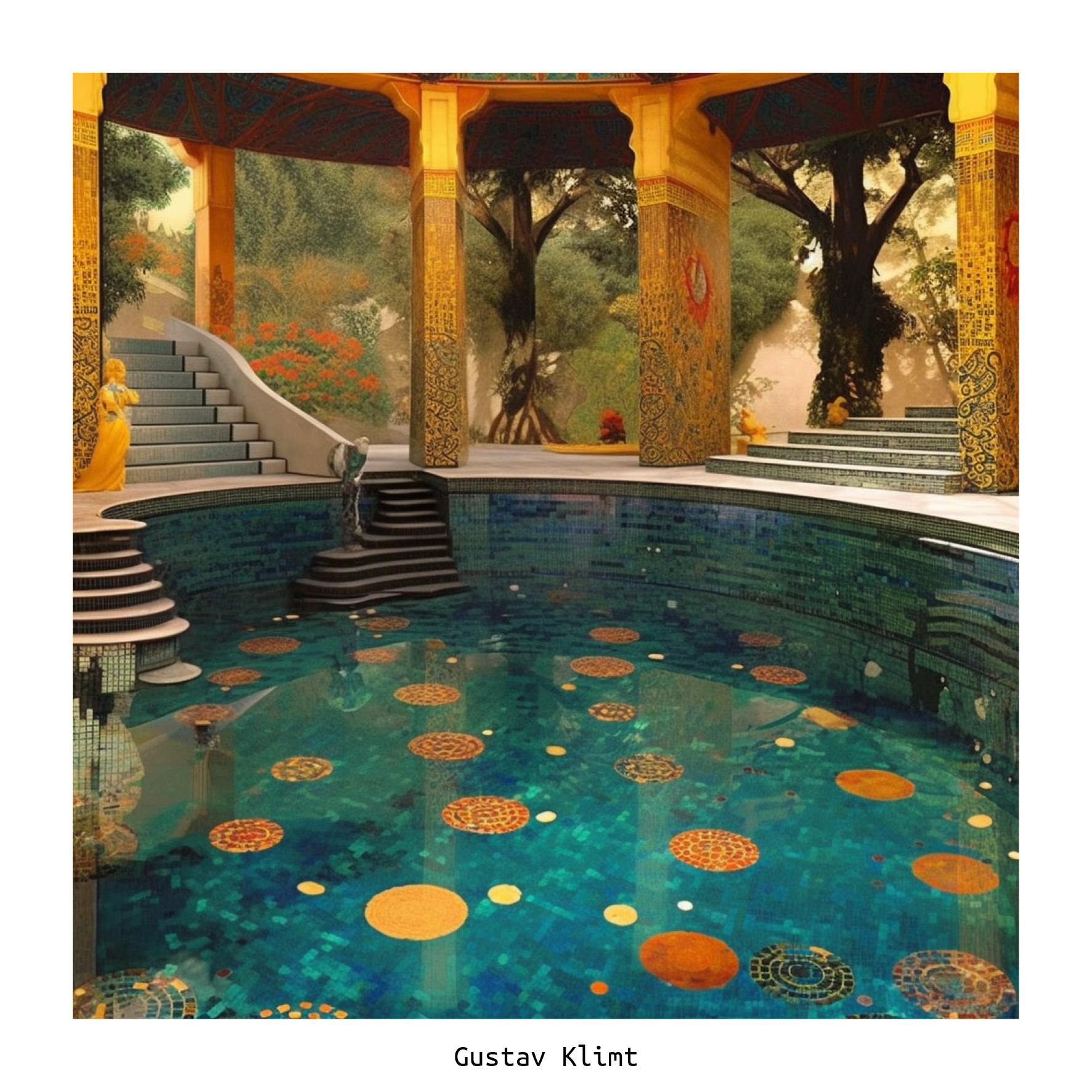
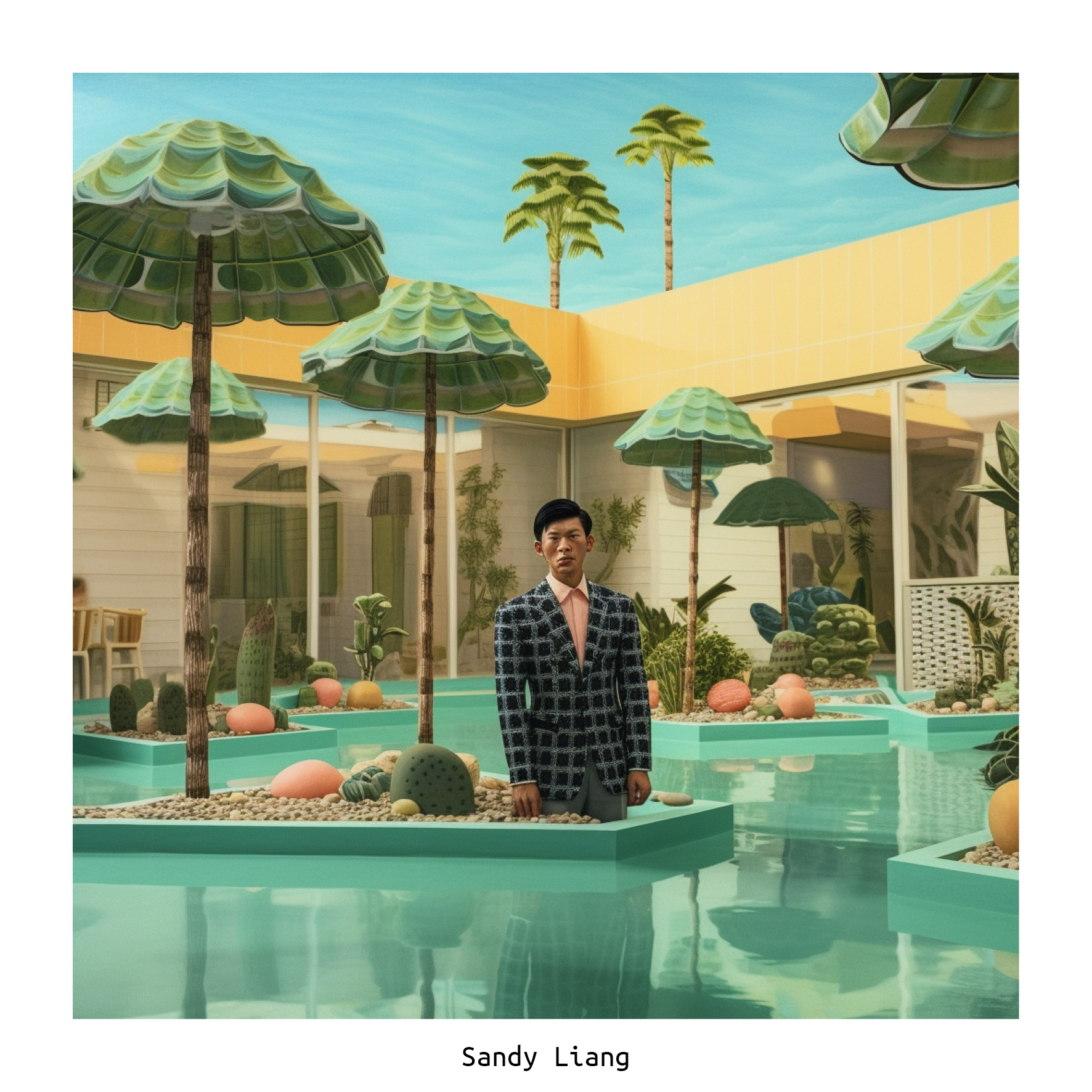

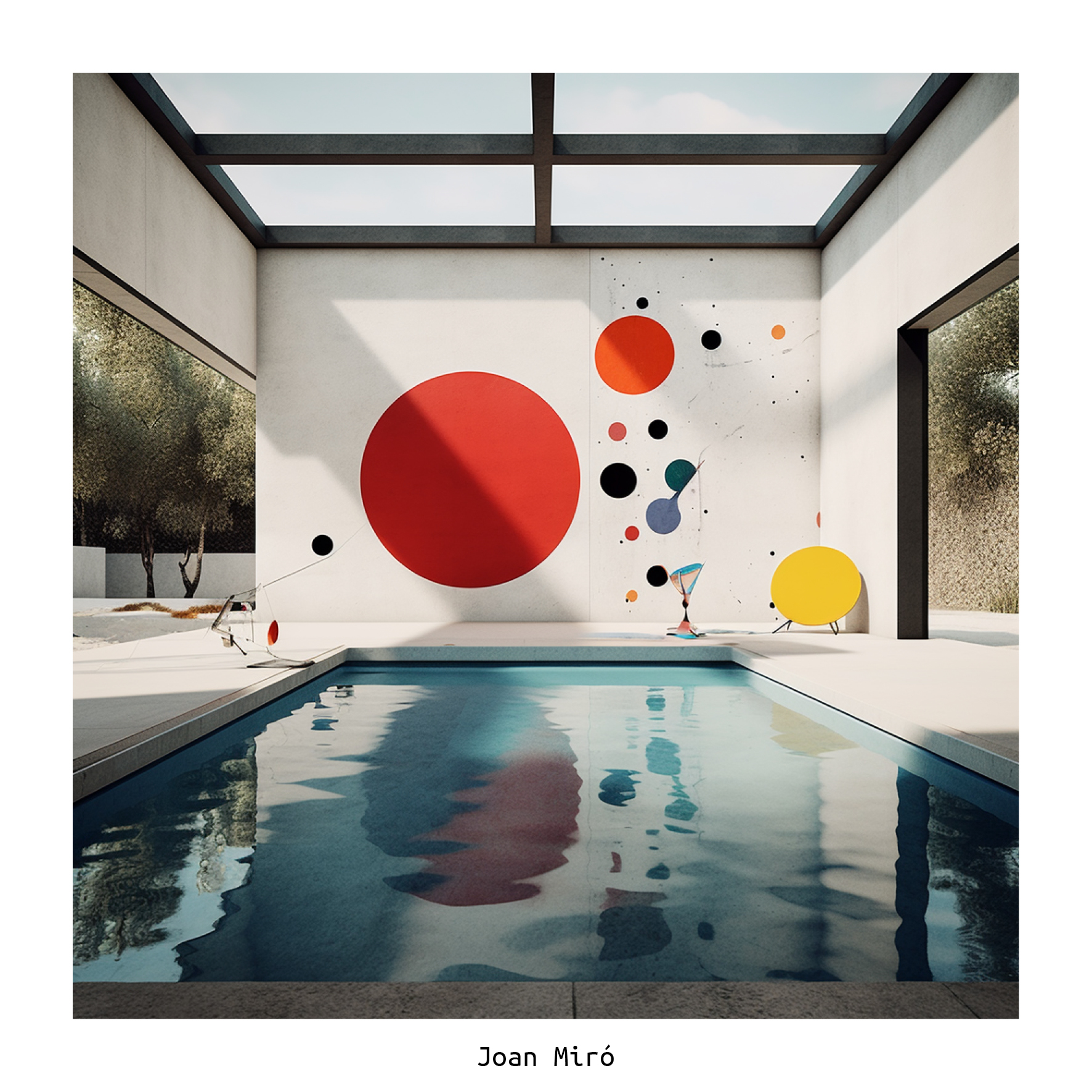

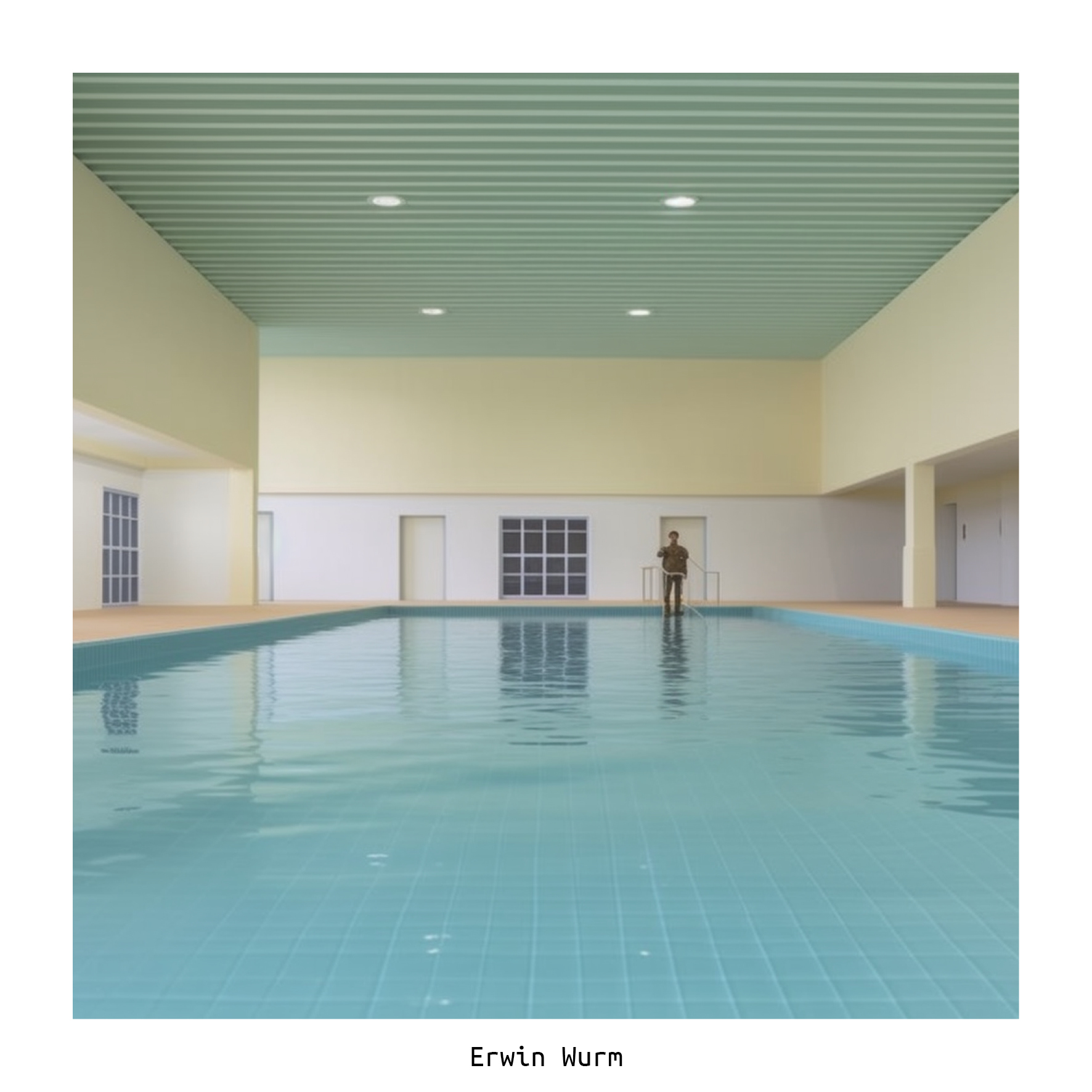
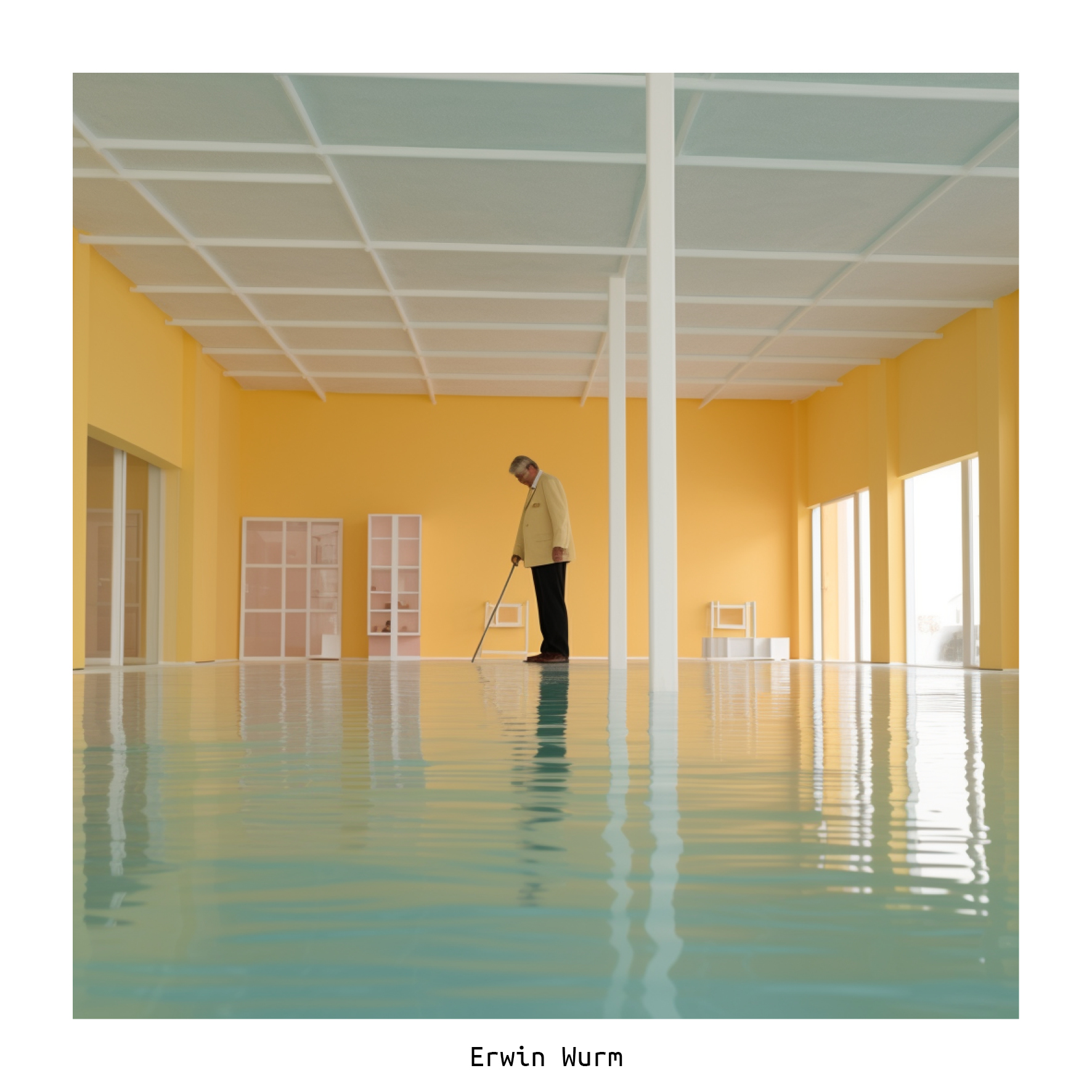
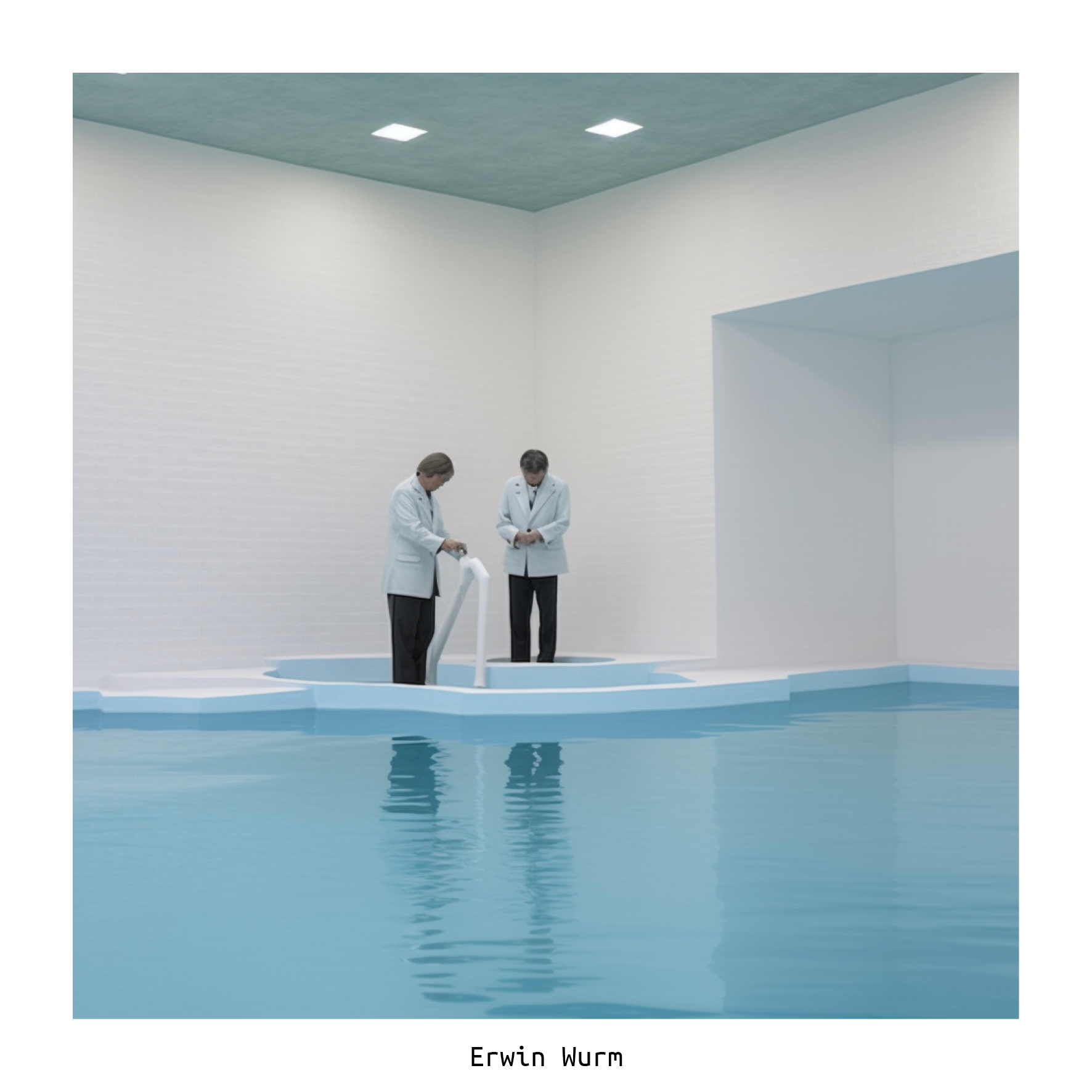
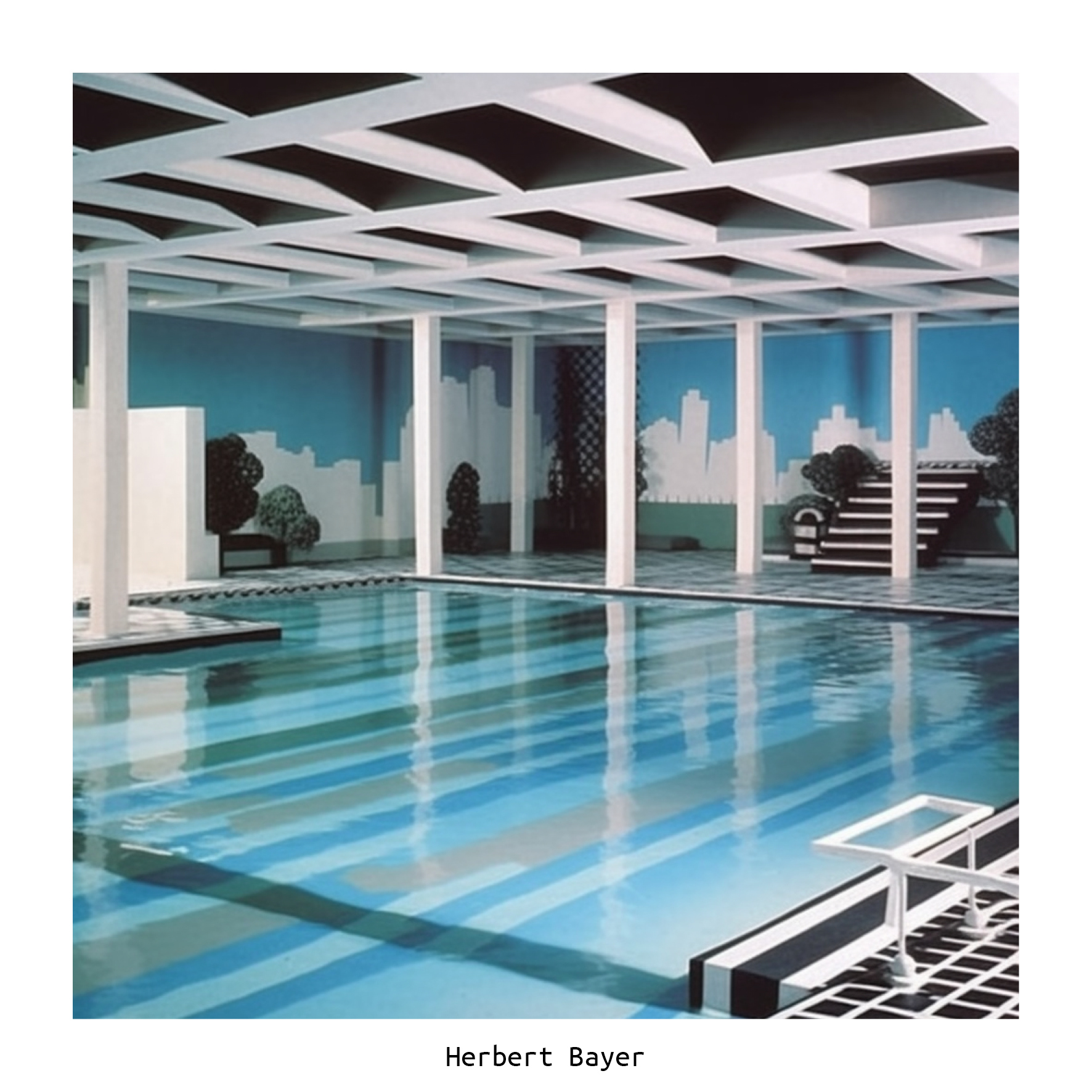
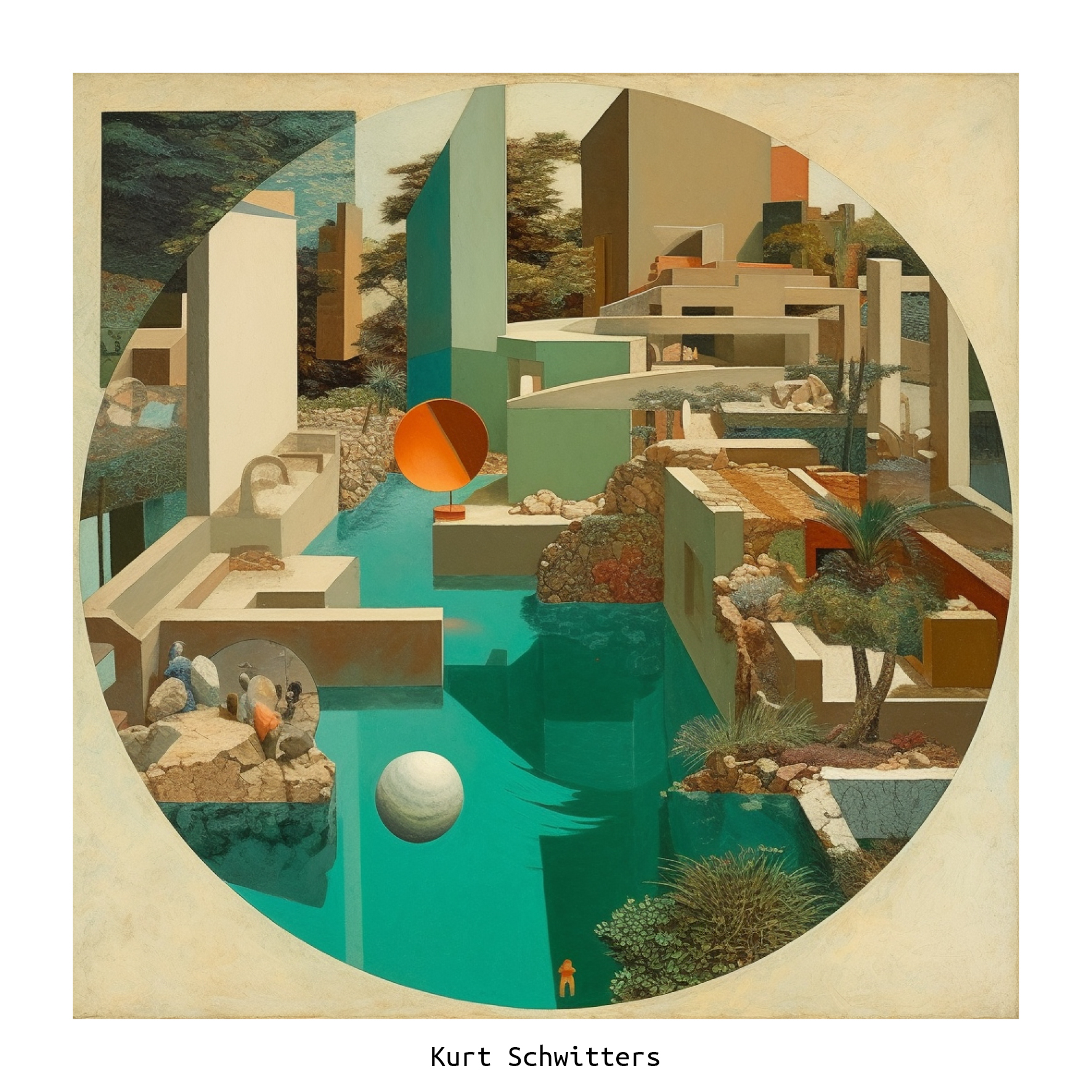
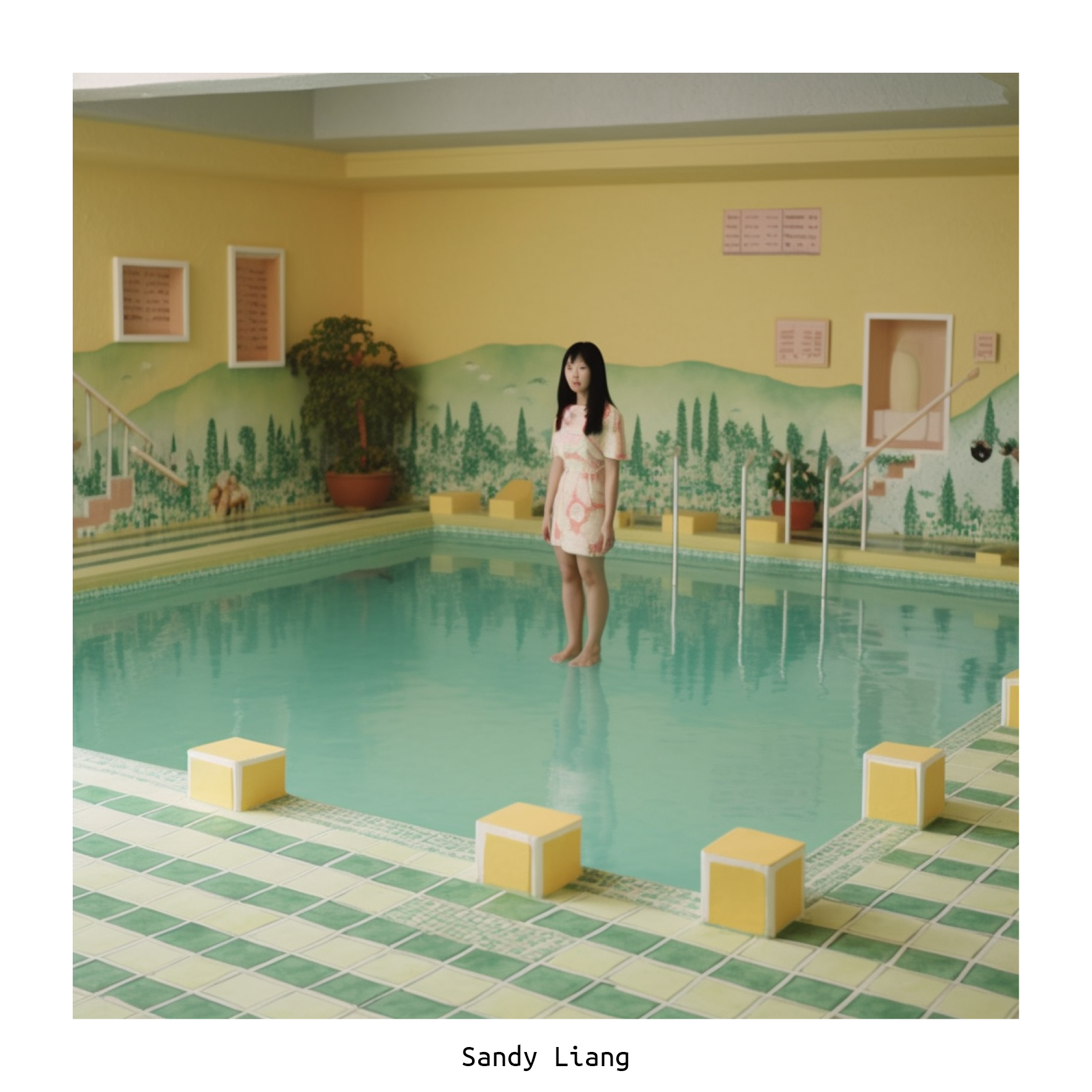

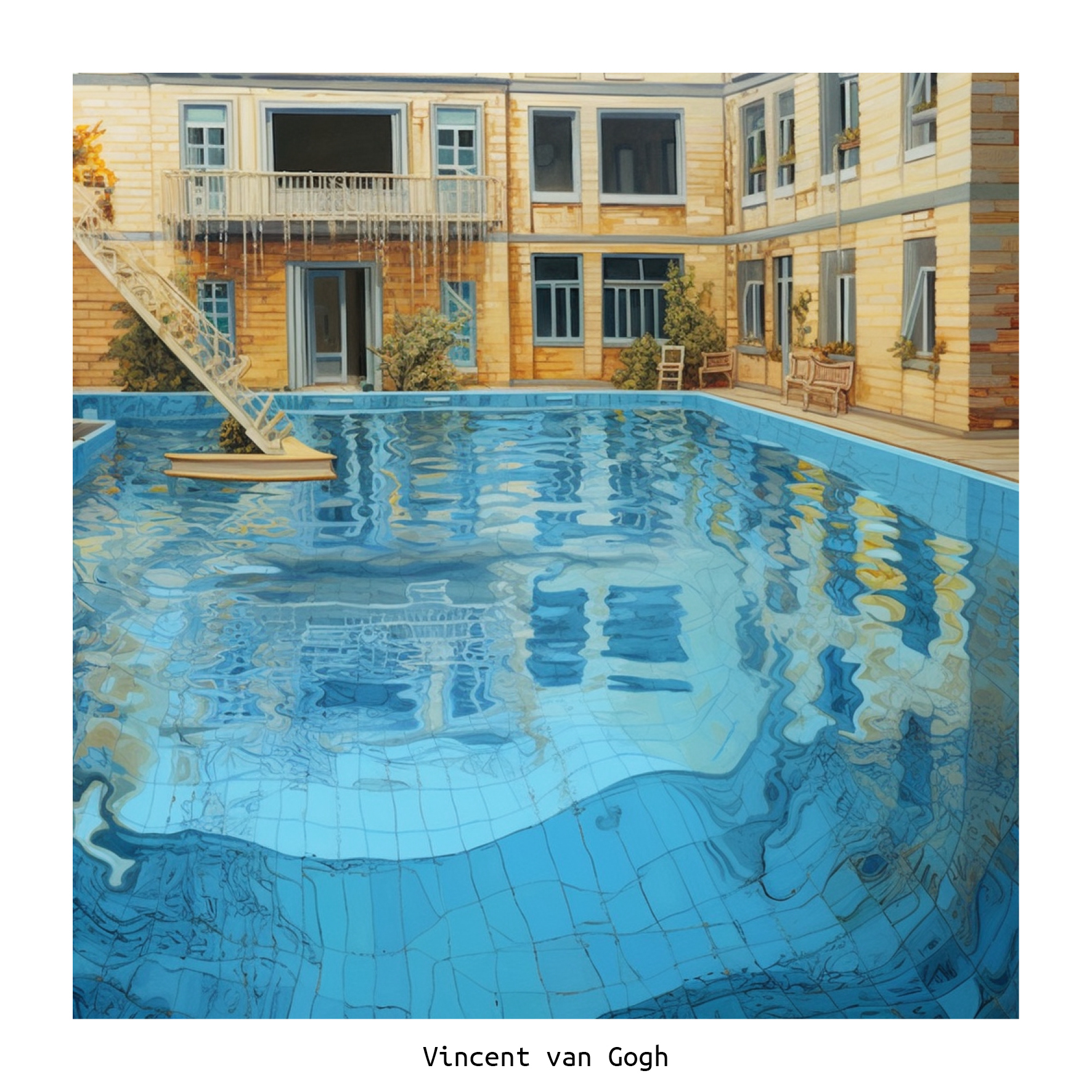

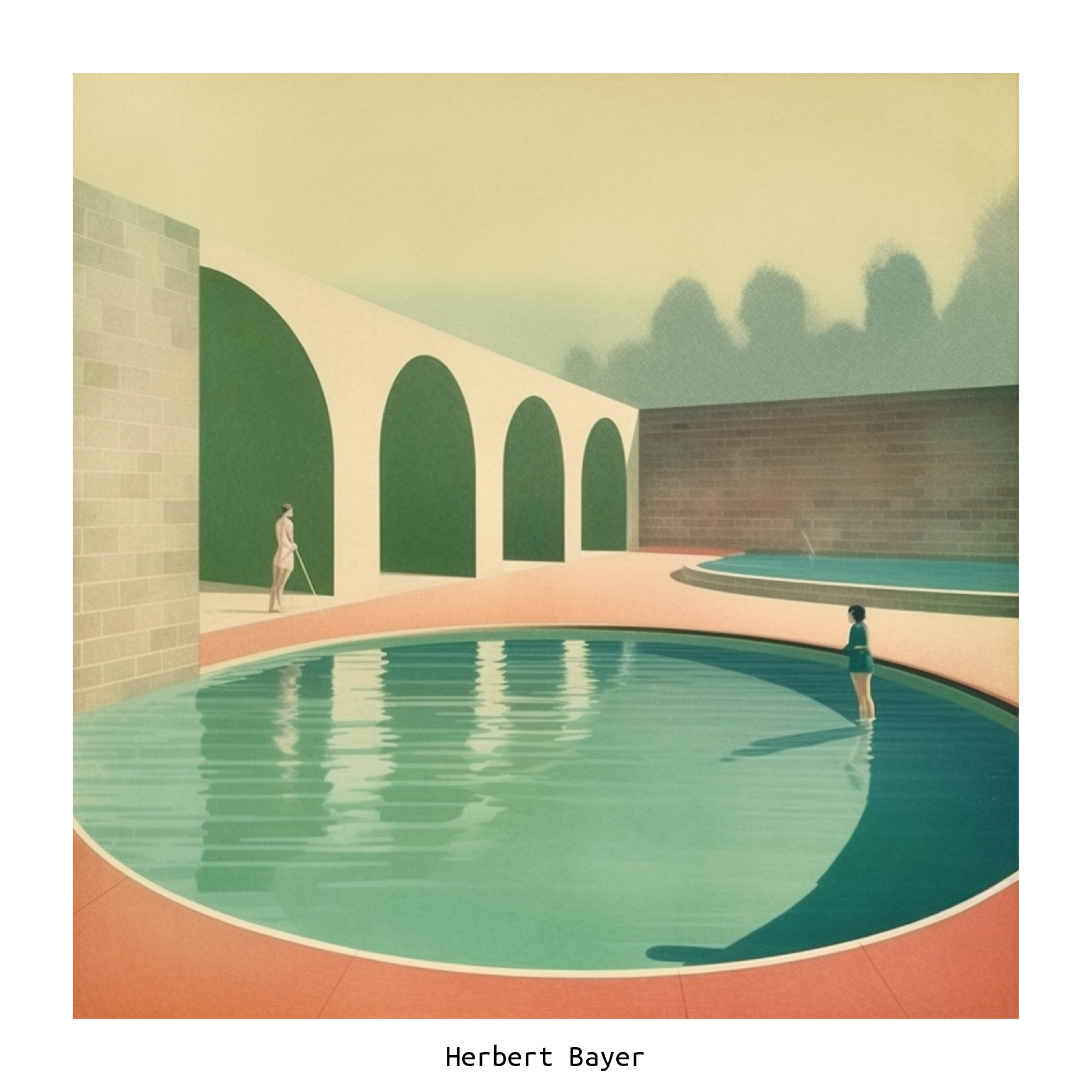
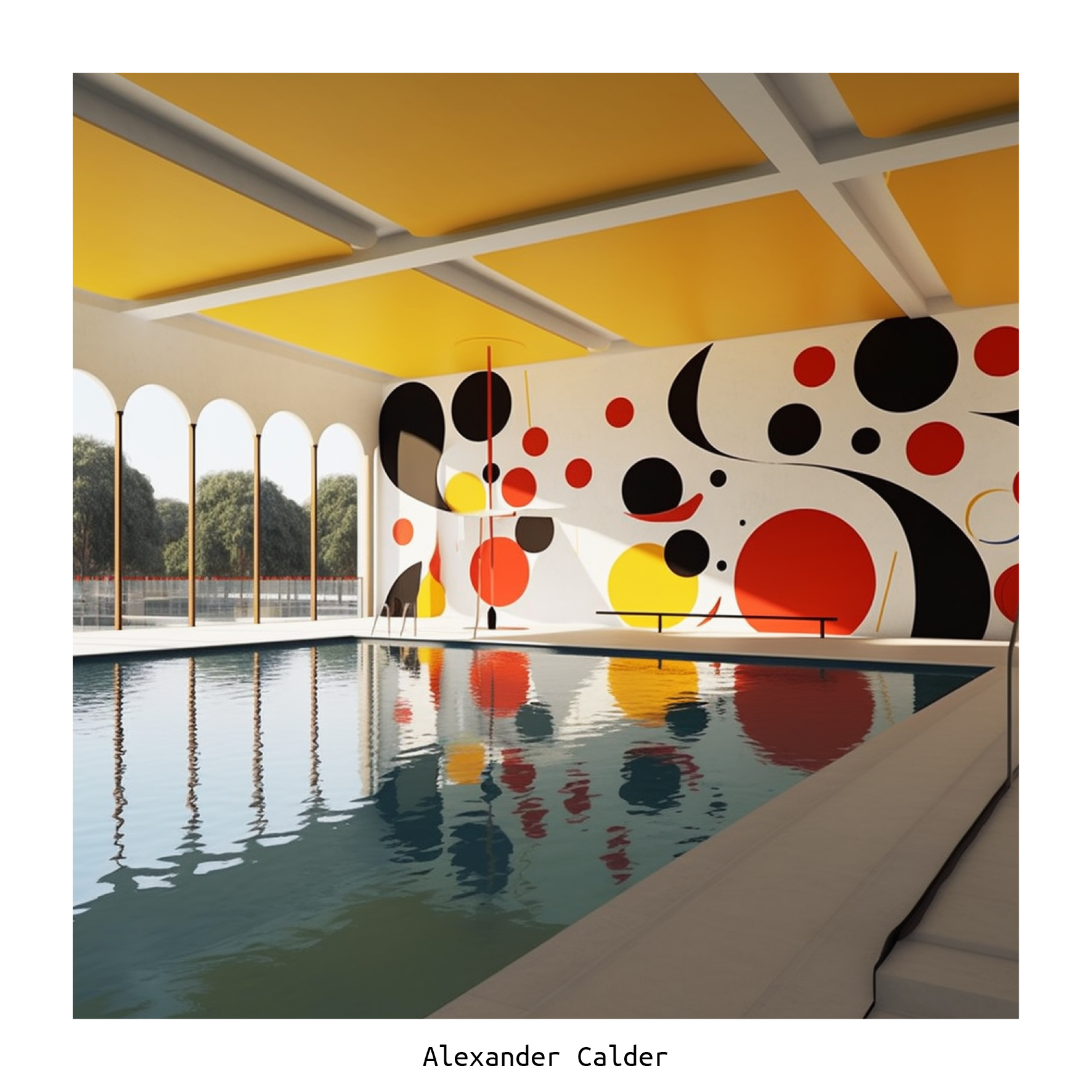
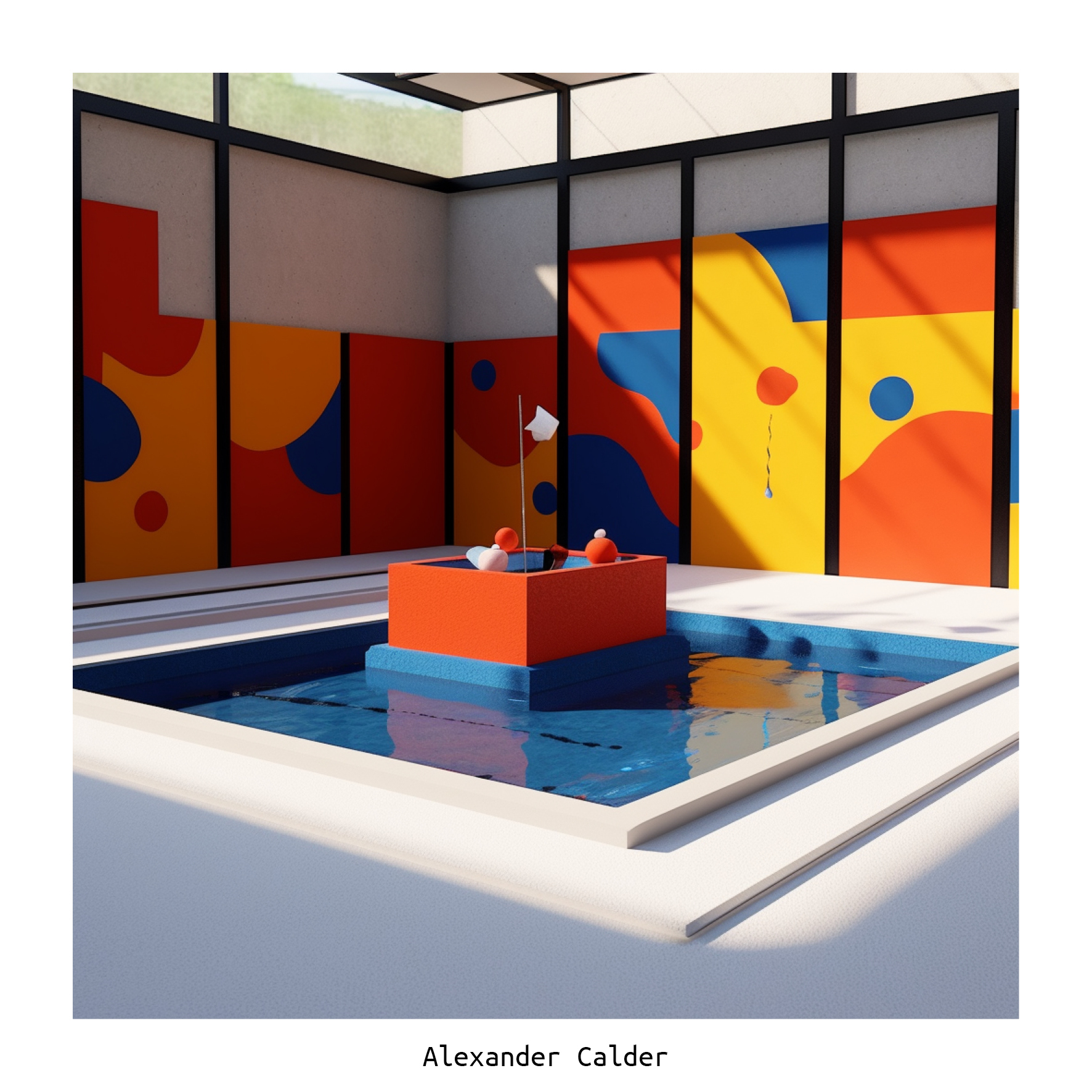
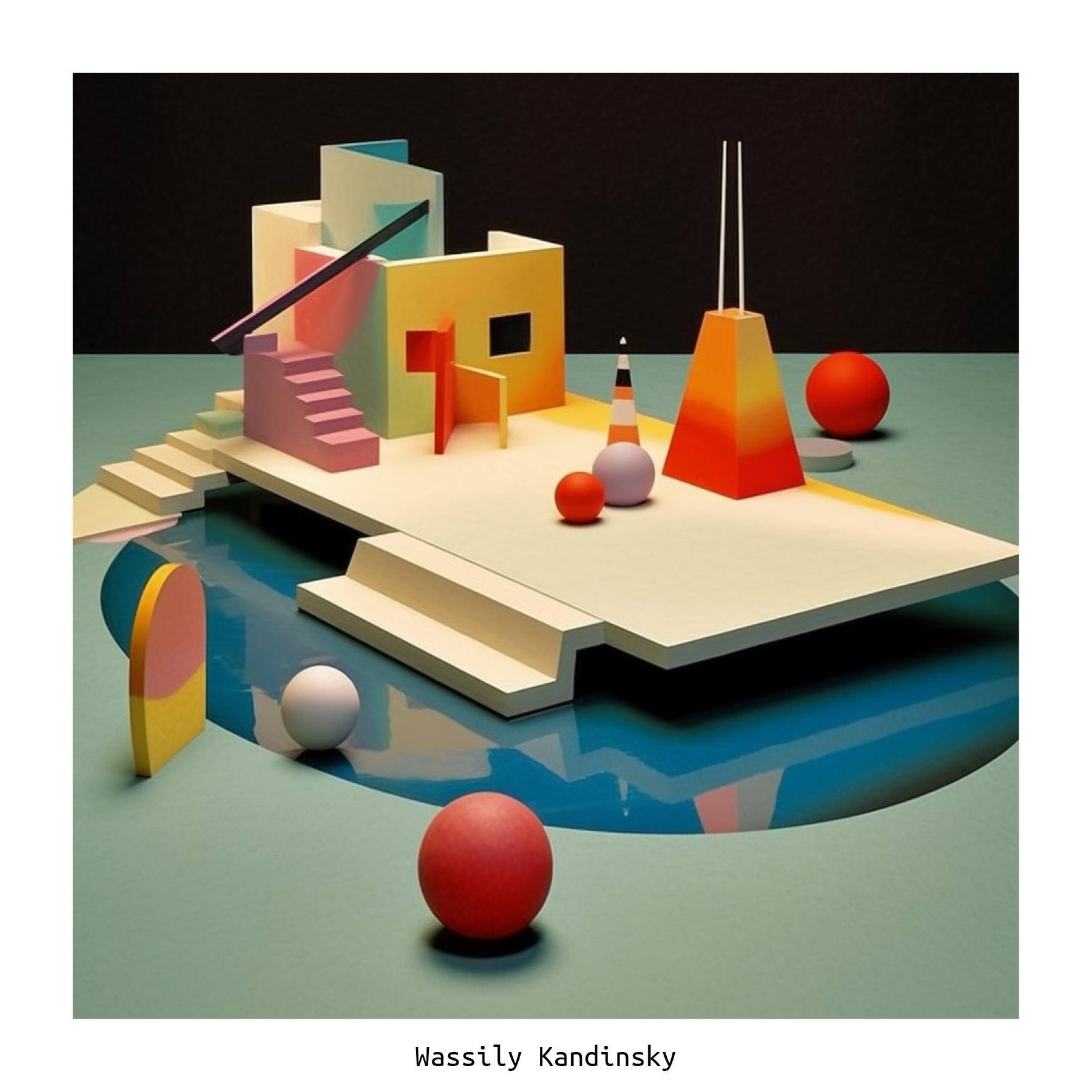
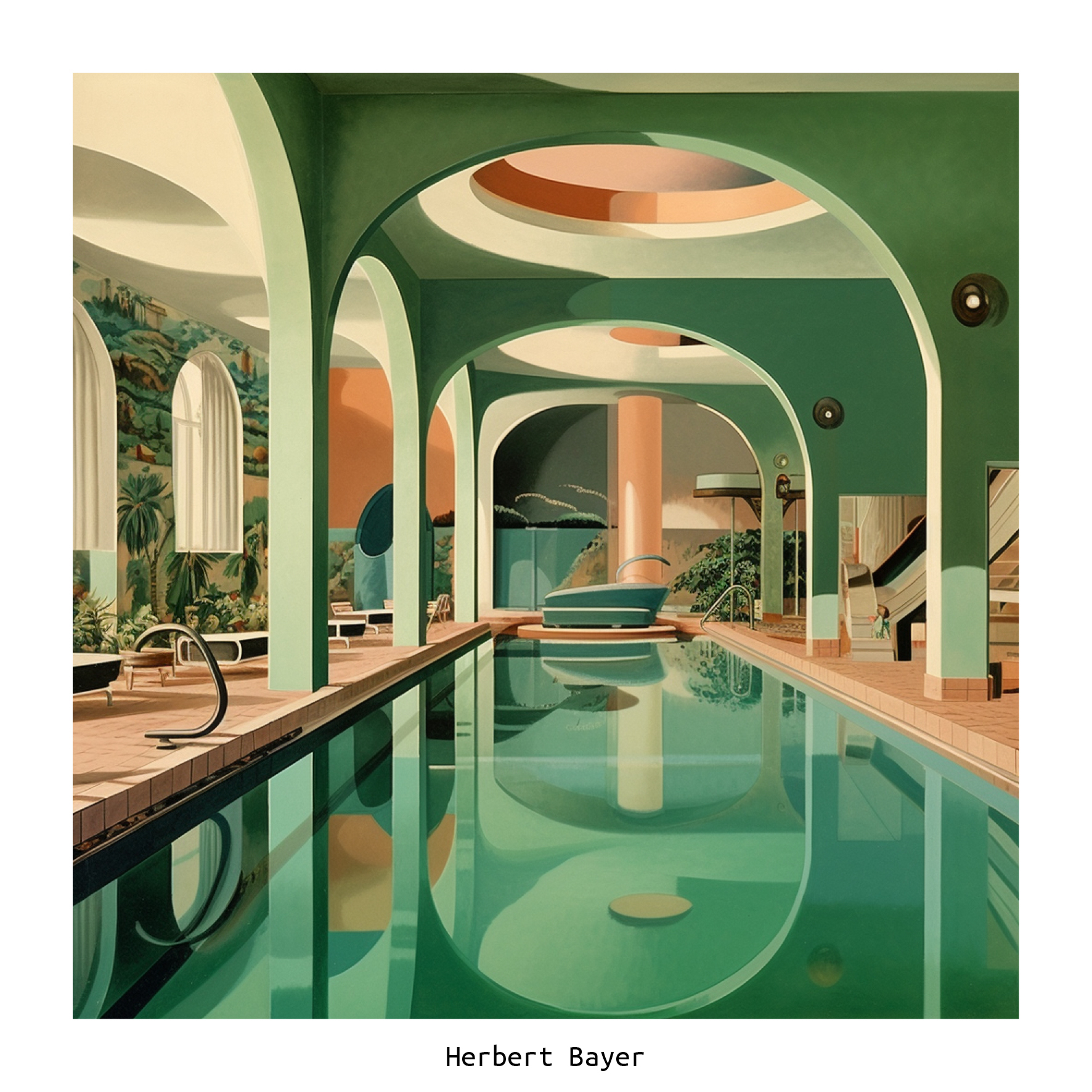






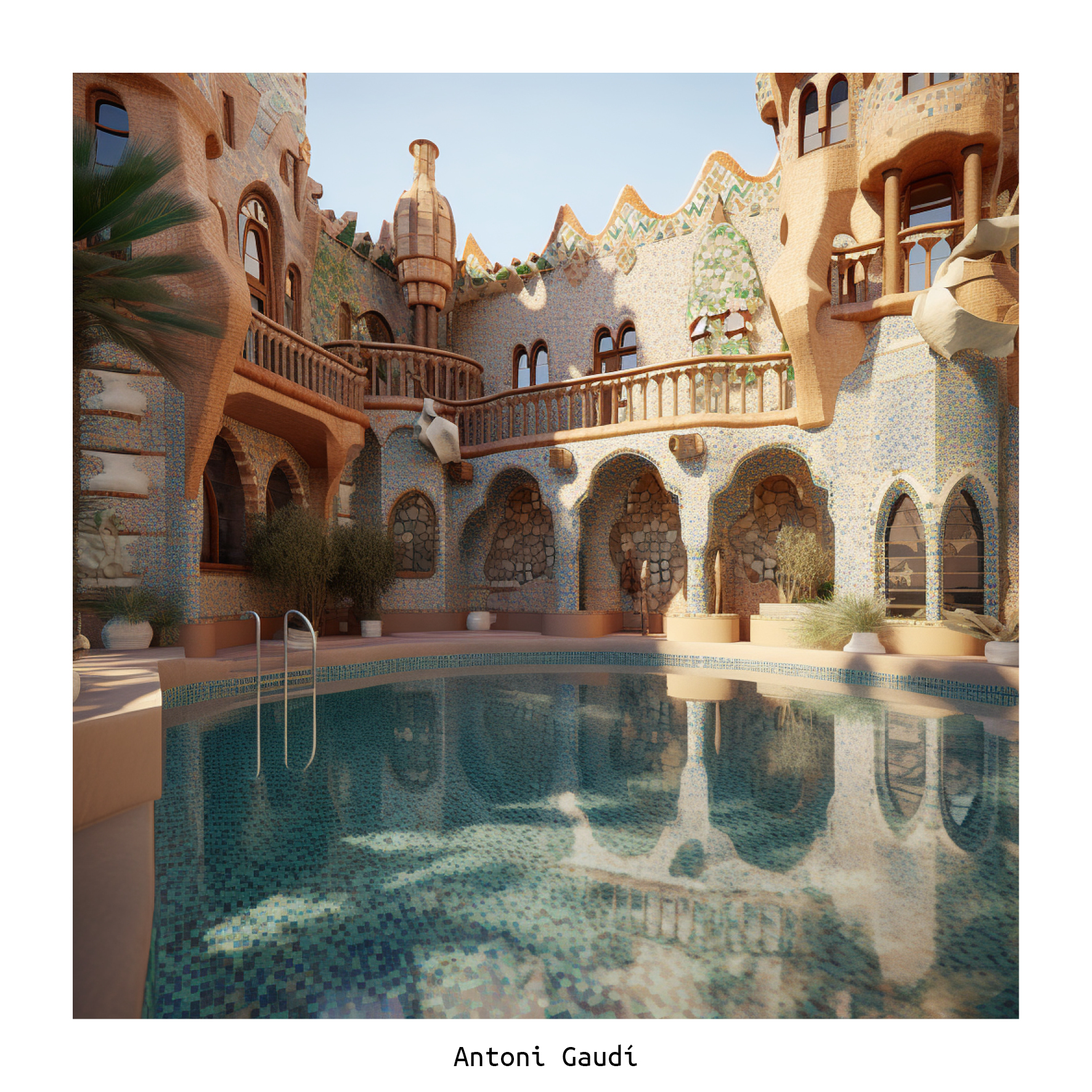

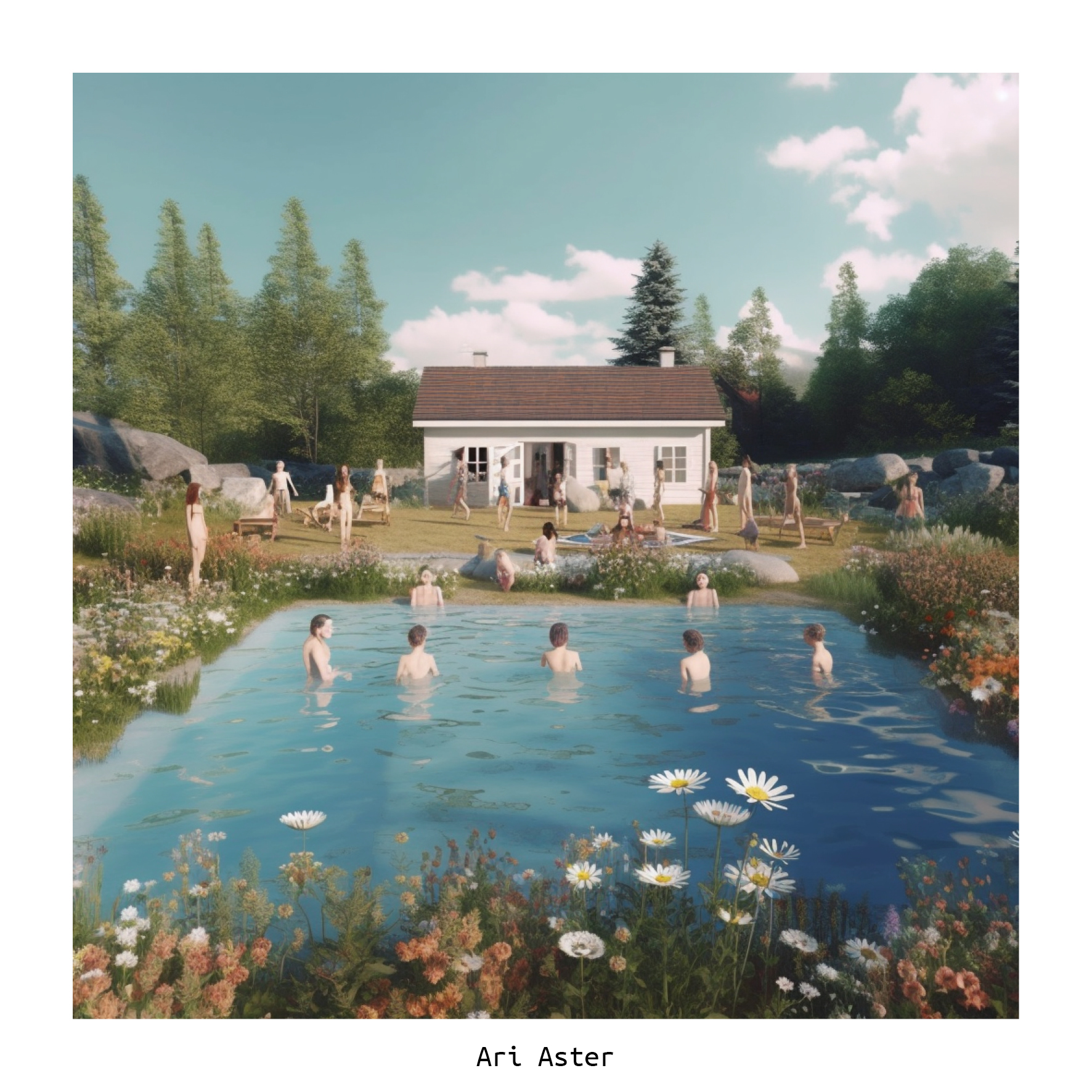
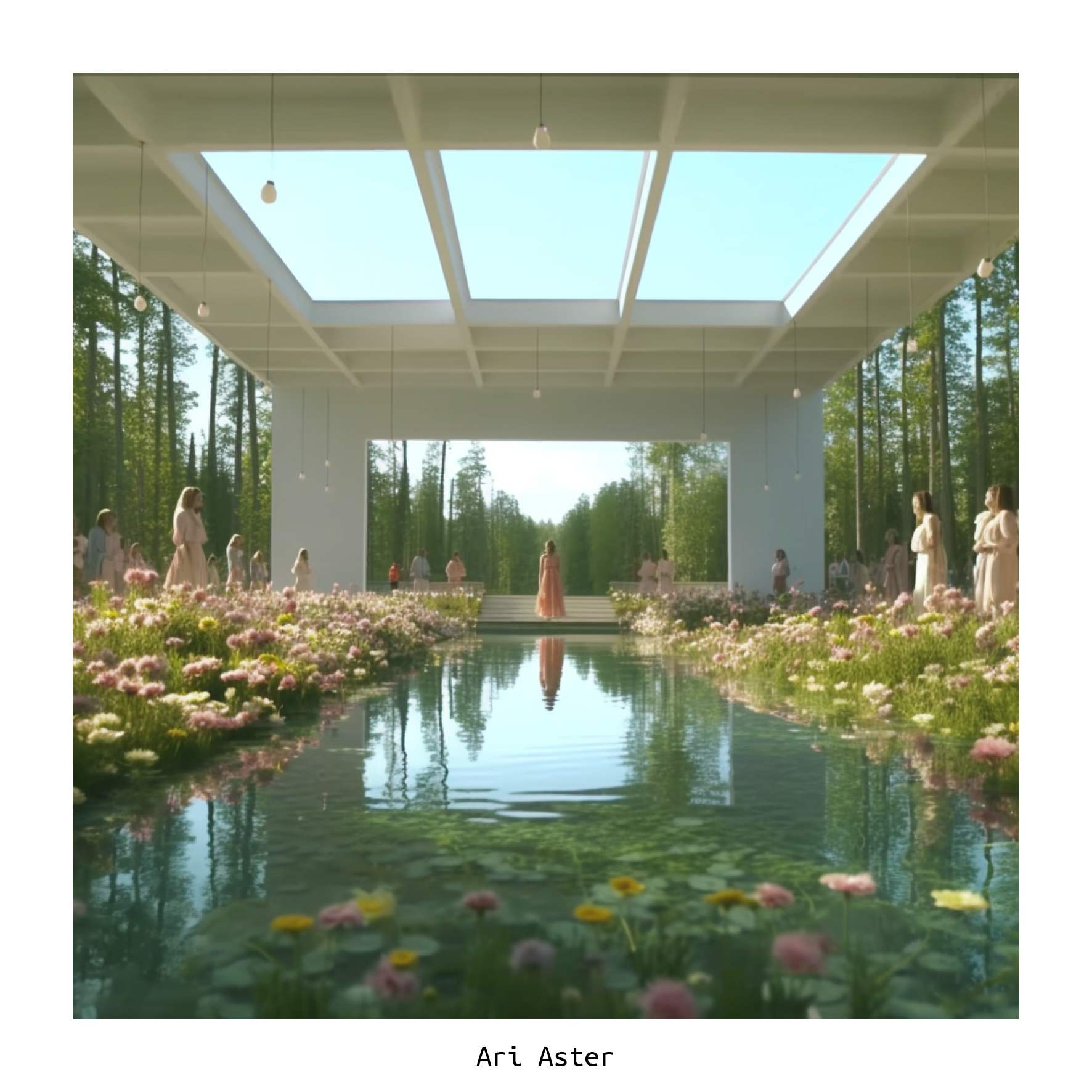
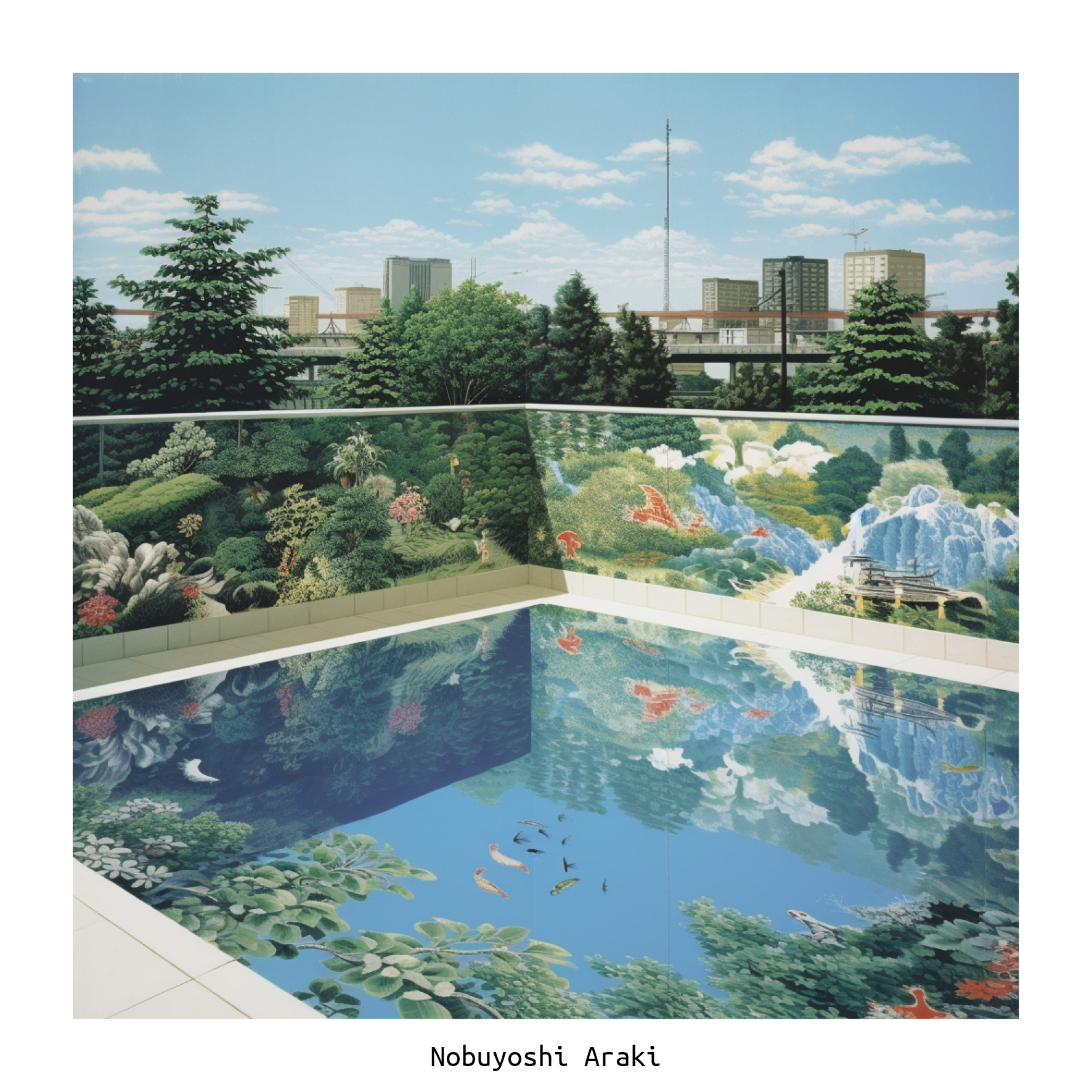



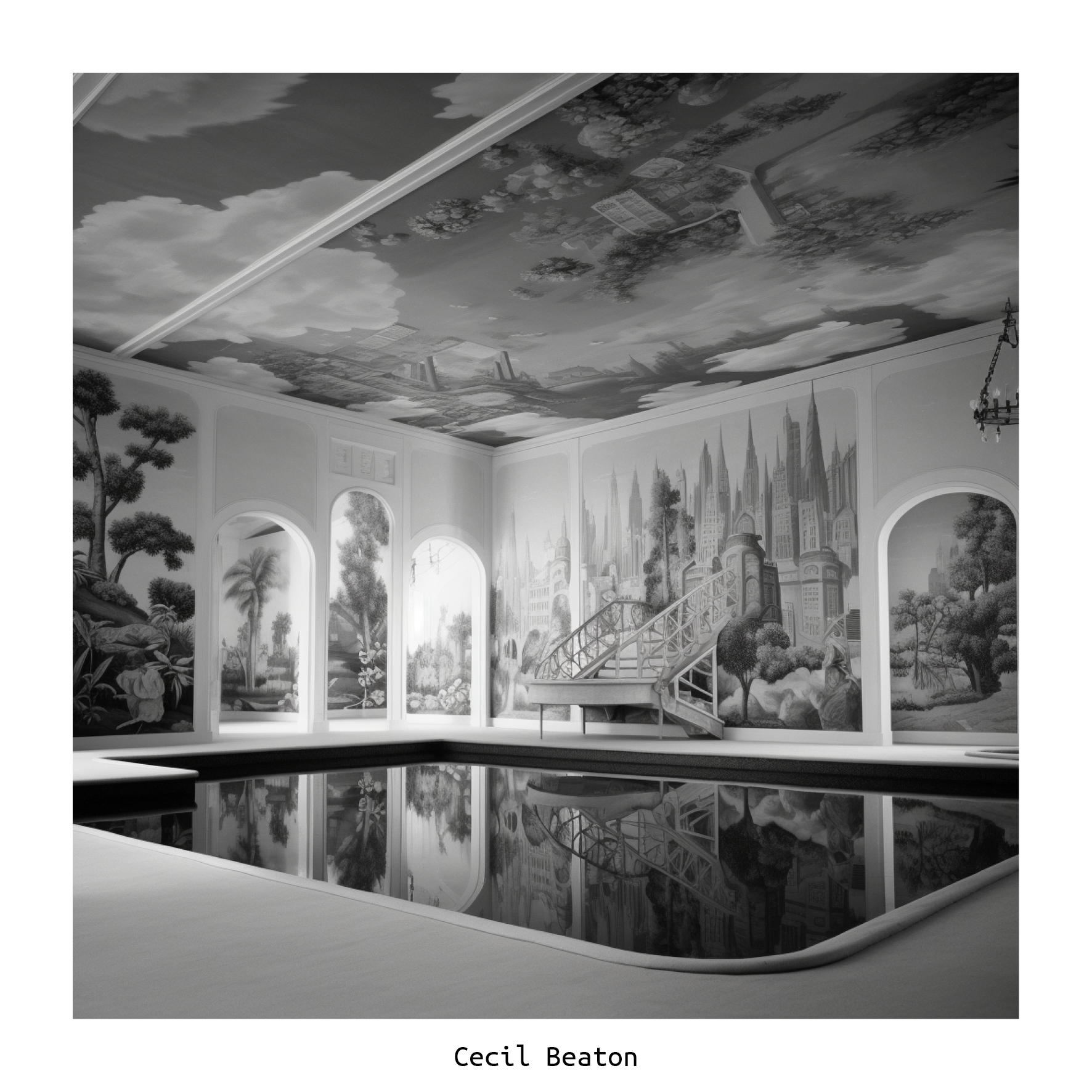
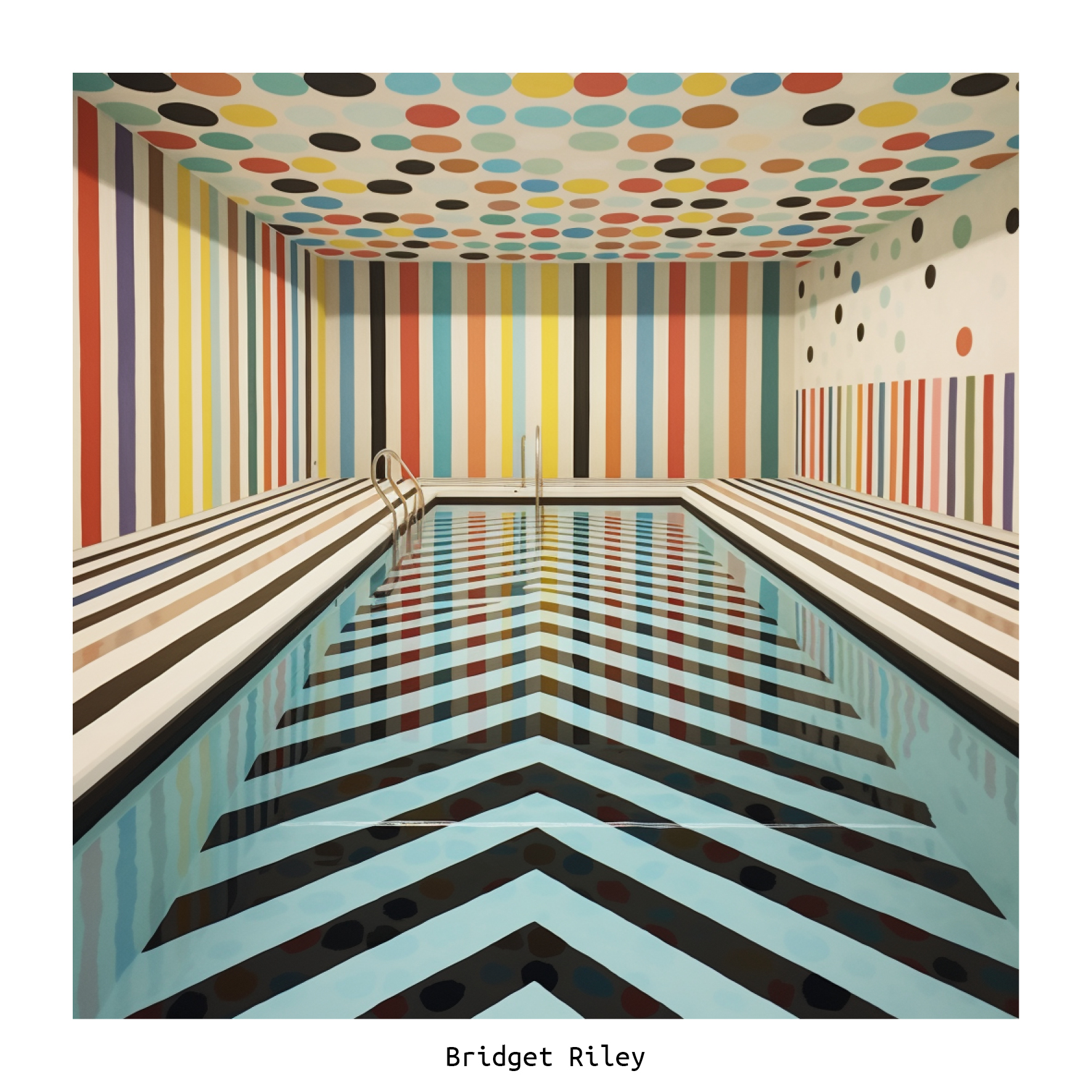
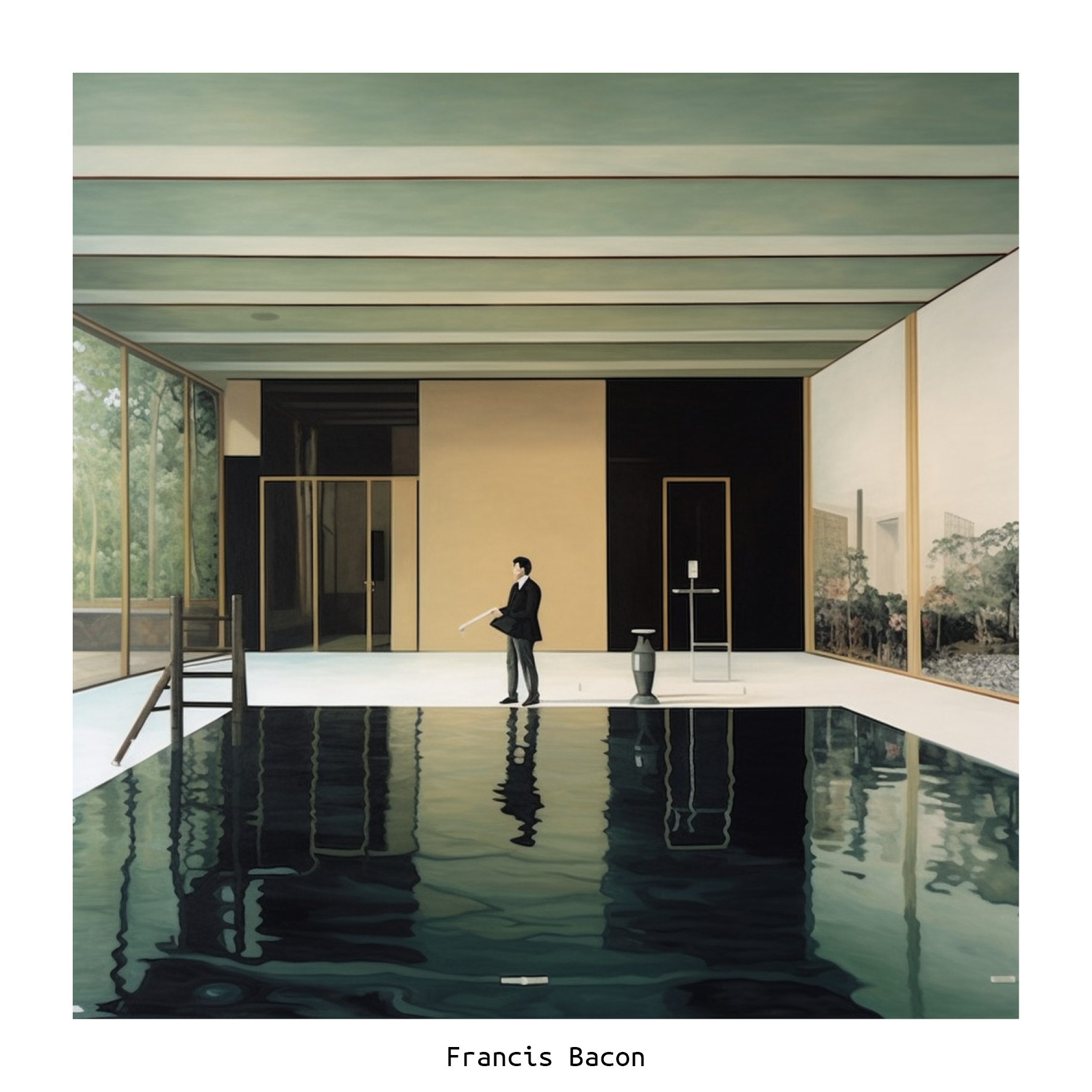




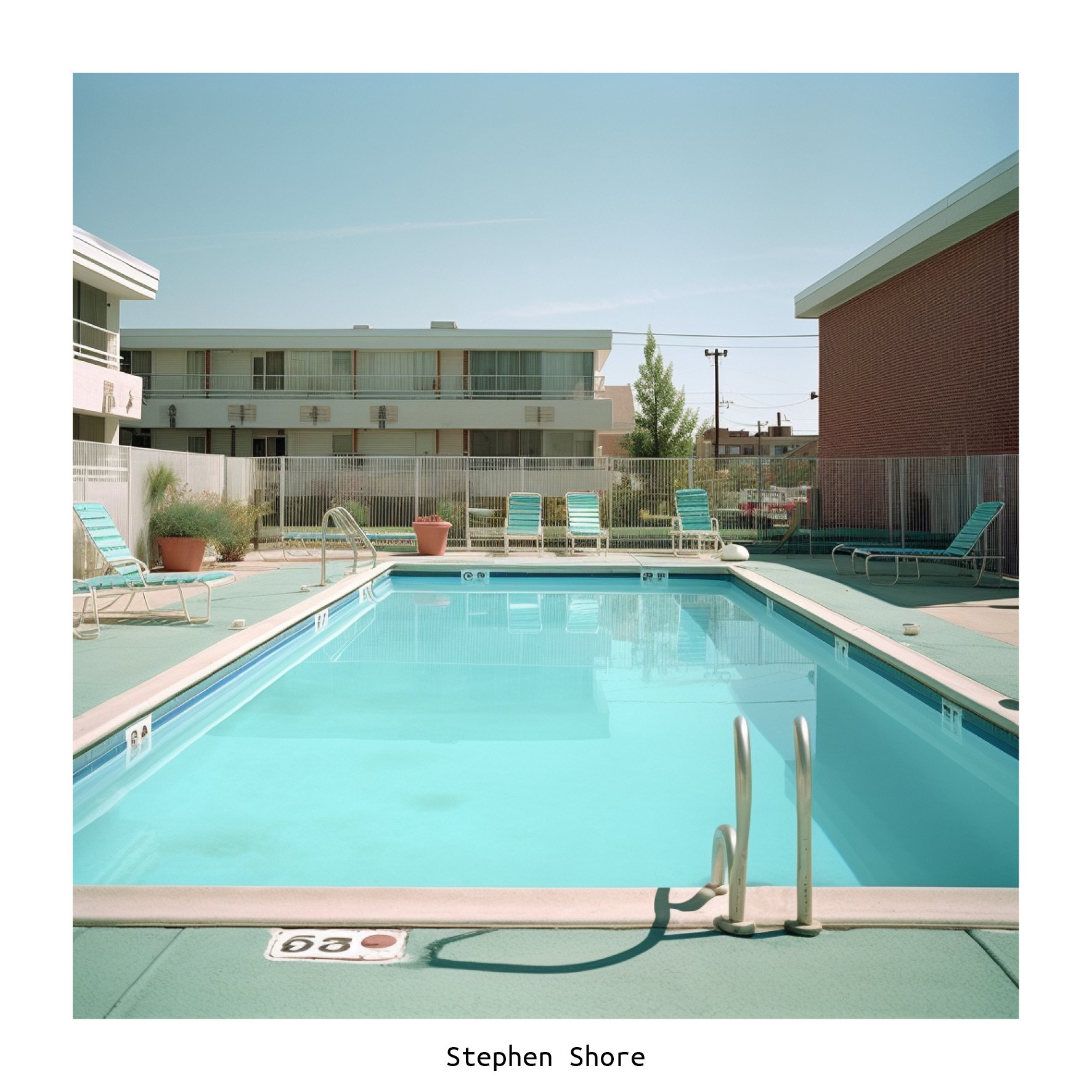


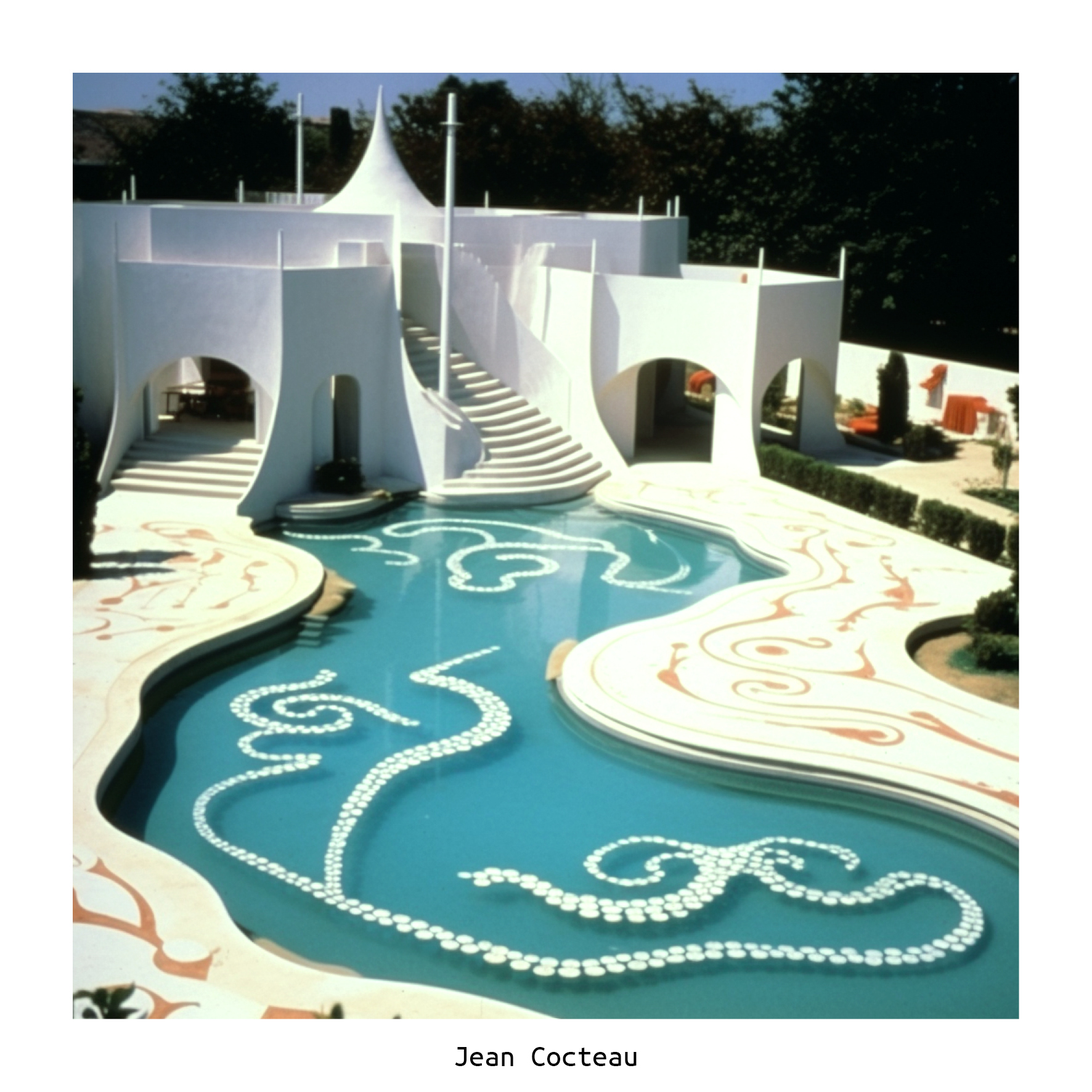

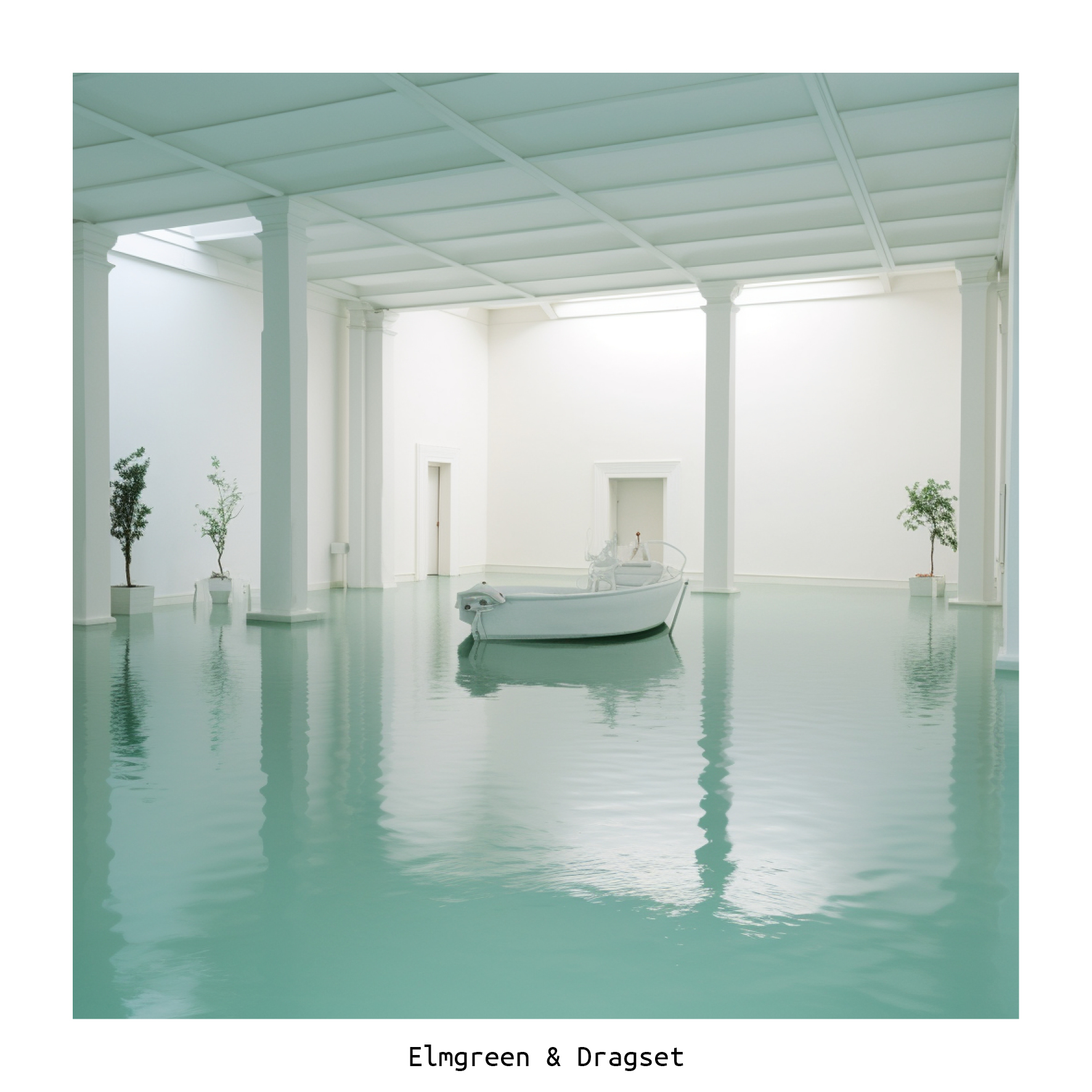
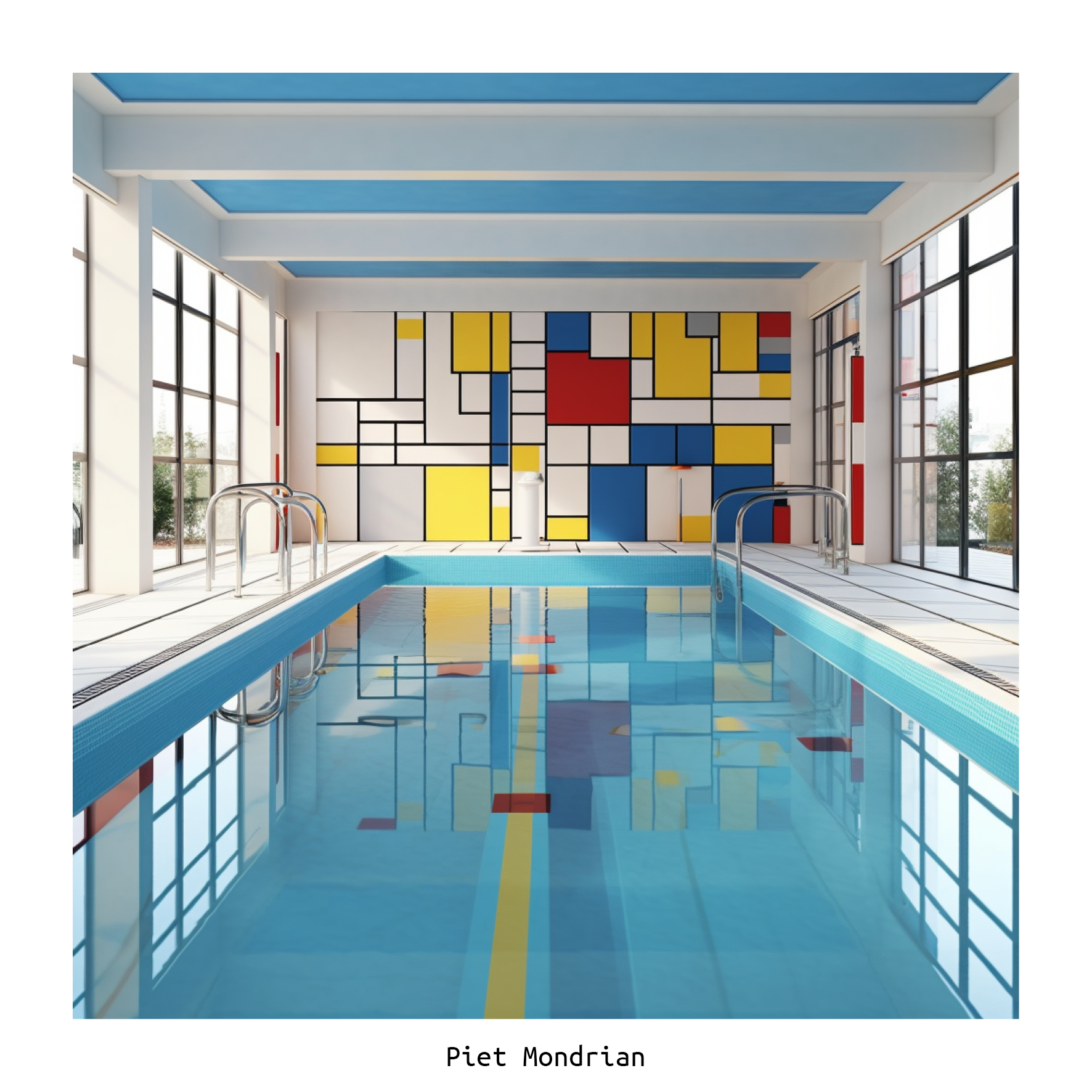
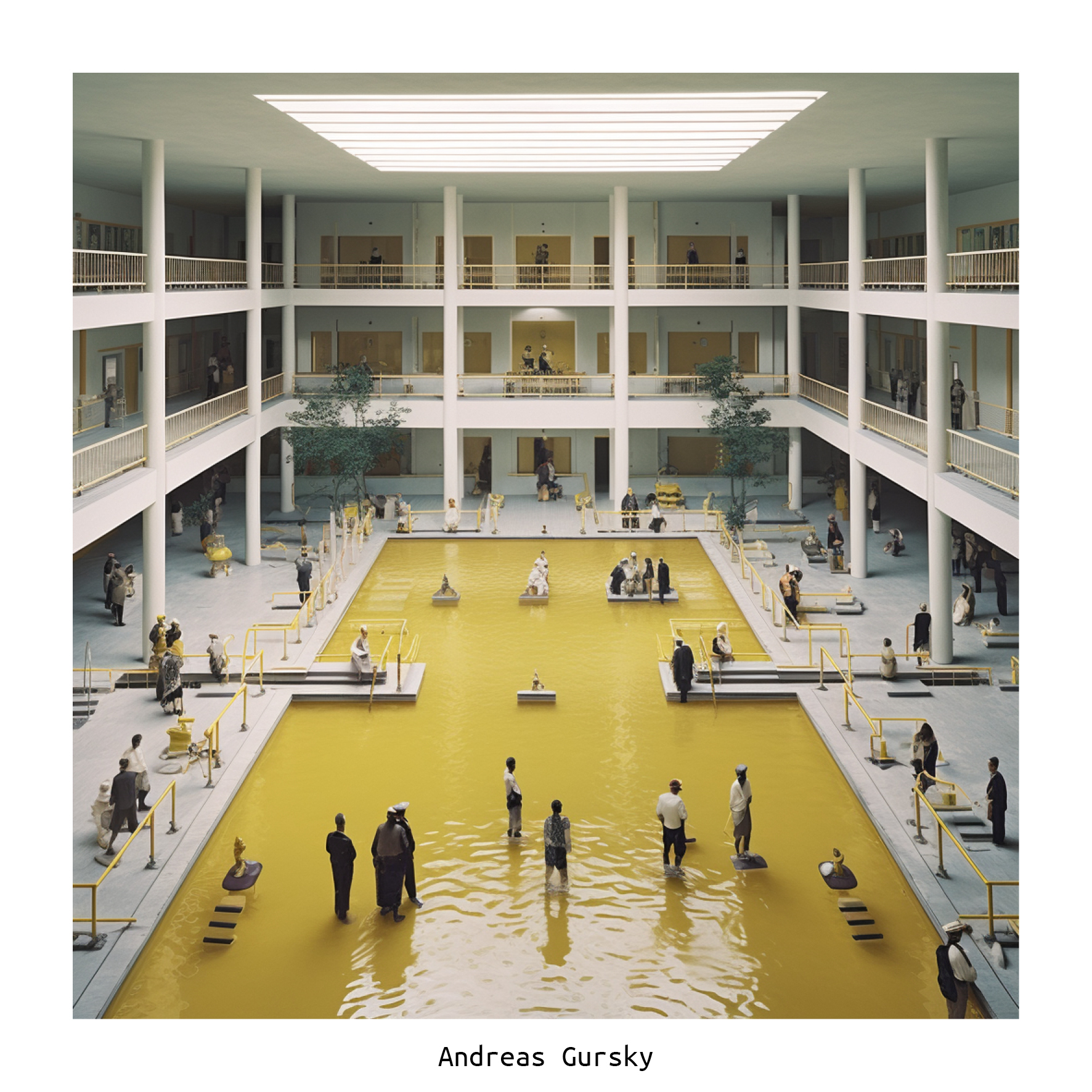
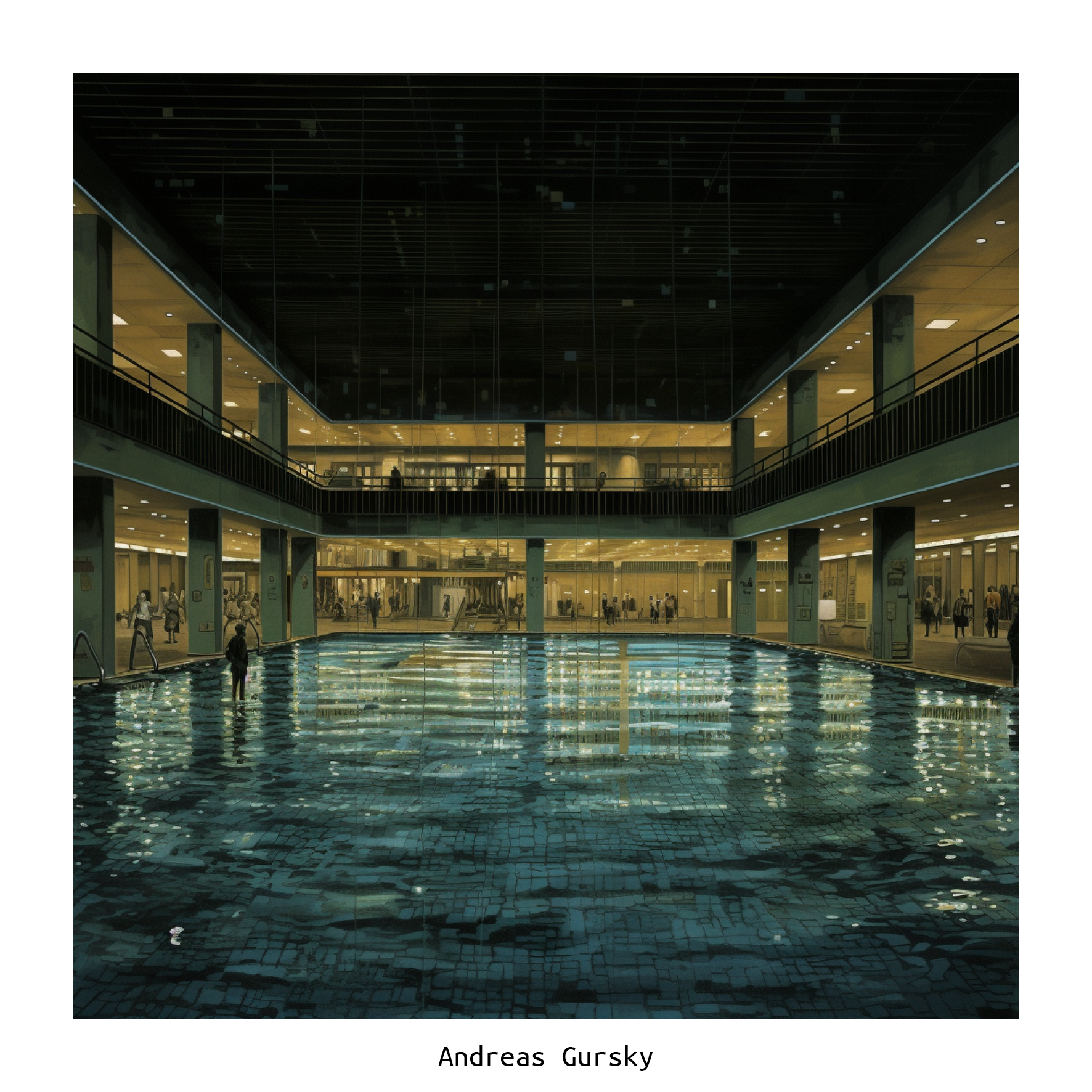

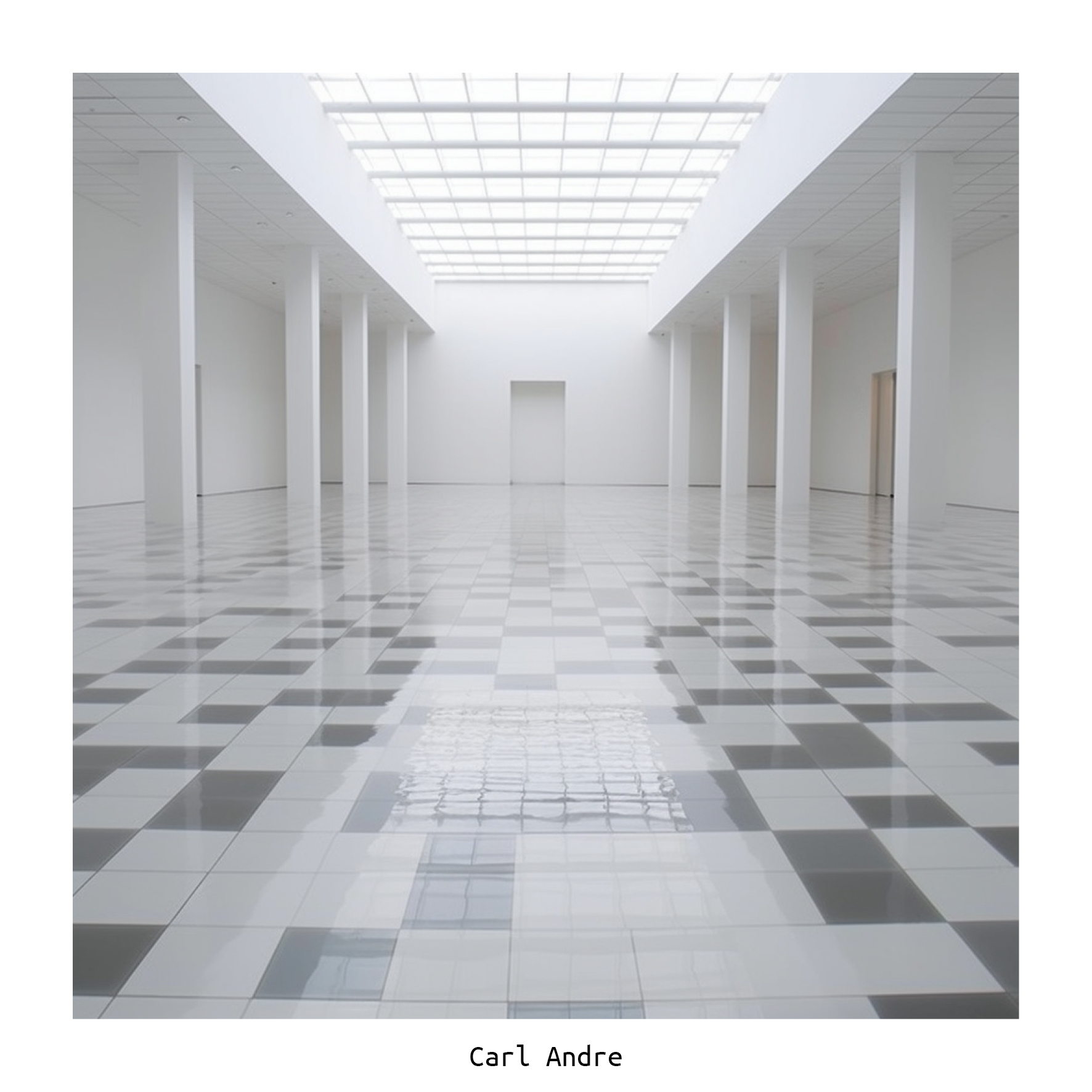
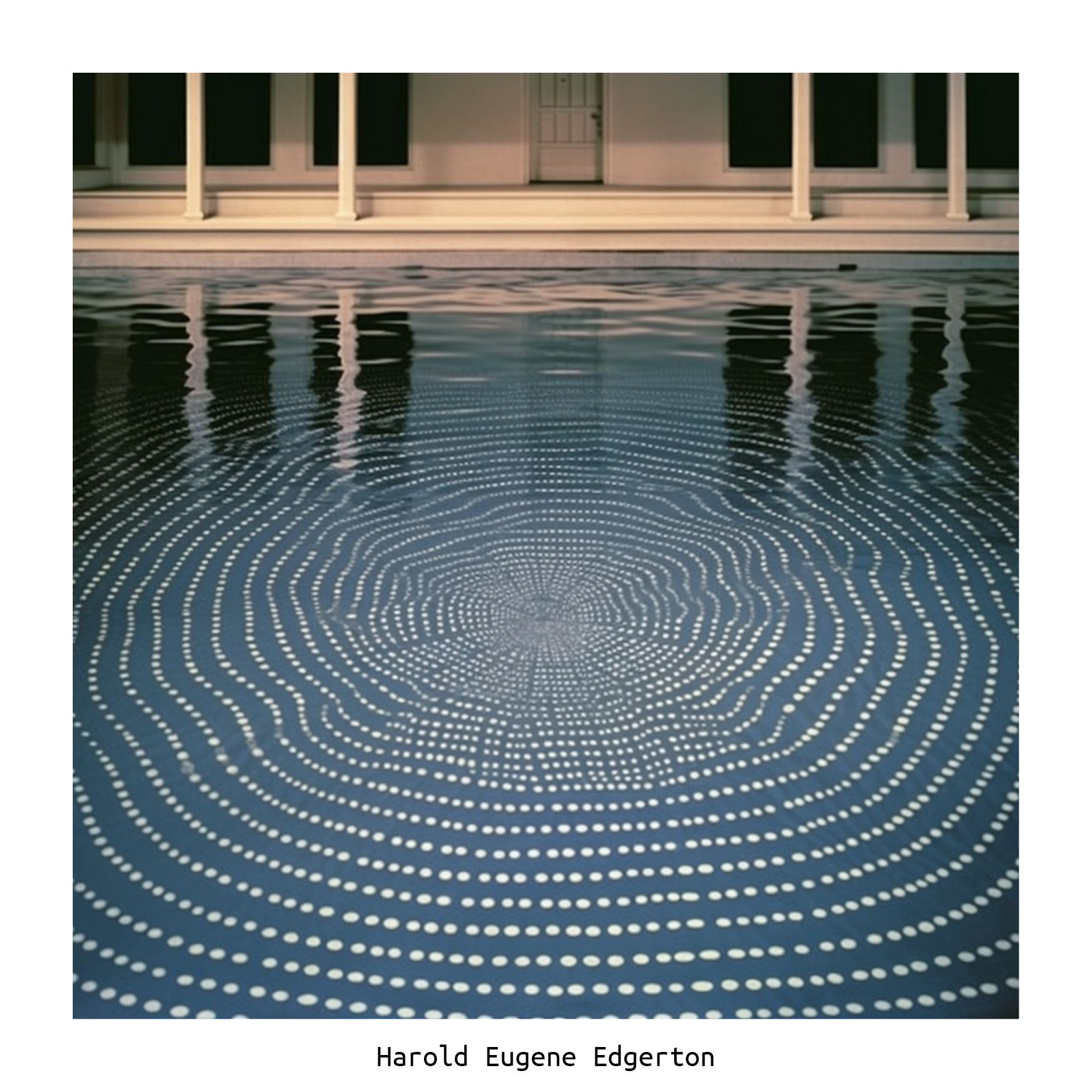
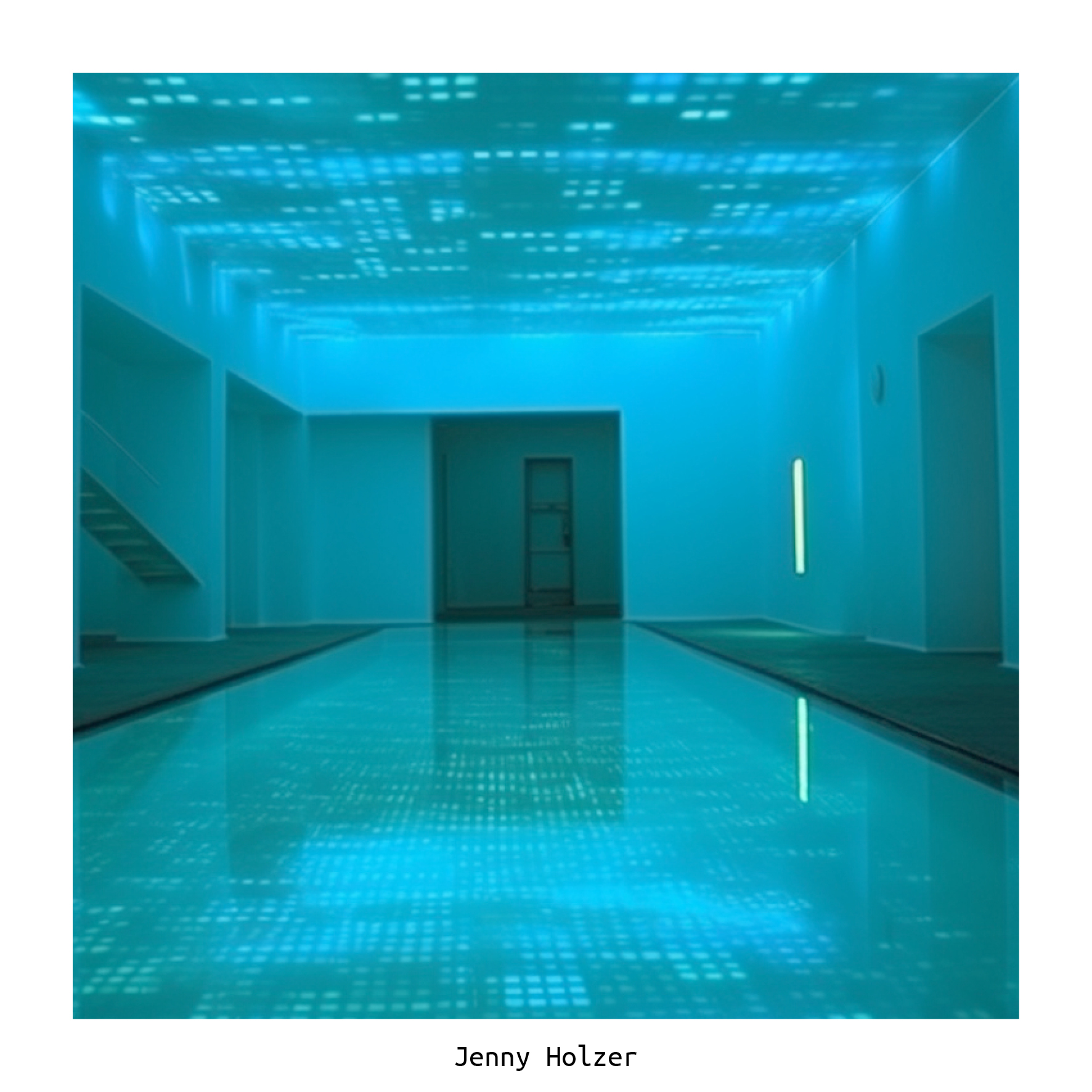
Applying AI to make arts are still controversial.
Many photographers feel uncomportable to look at this technology equally.
However, these became one of ways to take photographs and even more creative than real photographs.
First of all, it actually needs the same process as photography does. It takes time to collect over certain amount of photographs and seize the best moment.
And we still have to decide which pictures should be shown or not.
It still needs human’s decisions to make a completed artworks.
Secondly, we’ve already faced with these kind of controversial point when the camera firstly came out.
Most painters did not accept photographs as art at that time. (To be honest, some still insists.)
But the reasons relied on the emotional side. It seemed like they couldn’t handle the mega-effect of photography which is easier-to-make (compared to their labor-intensive paintings).
Josef Albers made me realized that the measure of ART is the ratio of effort to effect, and I think photography is one of the most effecient way to make art.
We should know that the way of photography is always changeable.
I am not such an exponent of AI image generator, but, you know, it is really important to swim with the tide.
![]()
![]()
![]()
![]()
![]()
The series /imagine prompt: a swimming pool for artist is generated by an AI image generator program Midjourney, and it is an assemblage of personal imagination toward artists’ swimming pool as the title literally indicates. The title is literally the command used to make this series. The author wrote down the command as simple as possible to let AI use its creativity. Creativity. It is not an exclusive human property anymore. Create means to make new thing based on accumulated data. When it comes to data, AI has already been overwhelmed individuals. So the author strived to imagine posthumous and contemporary artist’s swimming pool in this work. The author spent several days and nights to select photographs. Some photographs came out meaningfully, and others not. The process repeated over and over. The author spent most of time to select images. The photographer was still her, not AI, as she was still final decision-holder. Who press the shutter button is not important anymore. Shutter releases are even unnecessary. Concept and context became everything. Before subject matter, the author focused on what types of photographs can only exist in AI world, not in the real world. In this point, it joins with her point of view: one has to choose the best medium to express certain message. She always think of ‘what kind of subjects can be only available or the most meaningful by taking photographs?’. And she has to consider one more thing ― which one is the best subject matter Then she finally came up with the topic ― swimming pools of admired artists. There's also a handmade book case with this Ai photo book. It is made by ceramic tiles, silicon, paper clay, and hard paper. The contrast between the Ai book and the handmade case makes this project look more aesthetic.
Many photographers feel uncomportable to look at this technology equally.
However, these became one of ways to take photographs and even more creative than real photographs.
First of all, it actually needs the same process as photography does. It takes time to collect over certain amount of photographs and seize the best moment.
And we still have to decide which pictures should be shown or not.
It still needs human’s decisions to make a completed artworks.
Secondly, we’ve already faced with these kind of controversial point when the camera firstly came out.
Most painters did not accept photographs as art at that time. (To be honest, some still insists.)
But the reasons relied on the emotional side. It seemed like they couldn’t handle the mega-effect of photography which is easier-to-make (compared to their labor-intensive paintings).
Josef Albers made me realized that the measure of ART is the ratio of effort to effect, and I think photography is one of the most effecient way to make art.
We should know that the way of photography is always changeable.
I am not such an exponent of AI image generator, but, you know, it is really important to swim with the tide.





The series /imagine prompt: a swimming pool for artist is generated by an AI image generator program Midjourney, and it is an assemblage of personal imagination toward artists’ swimming pool as the title literally indicates. The title is literally the command used to make this series. The author wrote down the command as simple as possible to let AI use its creativity. Creativity. It is not an exclusive human property anymore. Create means to make new thing based on accumulated data. When it comes to data, AI has already been overwhelmed individuals. So the author strived to imagine posthumous and contemporary artist’s swimming pool in this work. The author spent several days and nights to select photographs. Some photographs came out meaningfully, and others not. The process repeated over and over. The author spent most of time to select images. The photographer was still her, not AI, as she was still final decision-holder. Who press the shutter button is not important anymore. Shutter releases are even unnecessary. Concept and context became everything. Before subject matter, the author focused on what types of photographs can only exist in AI world, not in the real world. In this point, it joins with her point of view: one has to choose the best medium to express certain message. She always think of ‘what kind of subjects can be only available or the most meaningful by taking photographs?’. And she has to consider one more thing ― which one is the best subject matter Then she finally came up with the topic ― swimming pools of admired artists. There's also a handmade book case with this Ai photo book. It is made by ceramic tiles, silicon, paper clay, and hard paper. The contrast between the Ai book and the handmade case makes this project look more aesthetic.




#1 This project is invited to the <2023 docking!> which is a public offering program that helps the publication of the author's first book working in the field of visual art. It was started in 2018 by the same people in VOSTOK PRESS, and published the first books of three photographers with different personalities for three years.
Since last year(2022), it has been organized by wrm(whatreallymatters) to provide new workers in various fields such as design, illustration, and modern art as well as photography, with an opportunity to grow their work through books. To this end, <2023 docking!> provides an educational and exchange venue for workers who imagine their first book to increase their feasibility. Portfolio reviews involving publishers and designers who are prominent in each field of small-scale art publishing to those selected from among the applicants. And it also provides opportunities for dummy book workshops.
<2023 docking!> was designed to imagine welcoming new colleagues in a small art publishing ecosystem, and will select workers and designers who are considering publishing books in four fields (photography, painting, design, and visual culture research). This time, senior and junior workers in the field of small-scale art publishing can gather to share their concerns and experiences about books.
host|wrm (Mapo design publishing support center)
plan|VOSTOK PRESS
portfolio reviewer|Chung HeeSeung (photographer), Lee KiWon (critic), Hwang Yeji (photographer)
workshop|Park Jisoo (VOSTOK PRESS editor-in-chief)
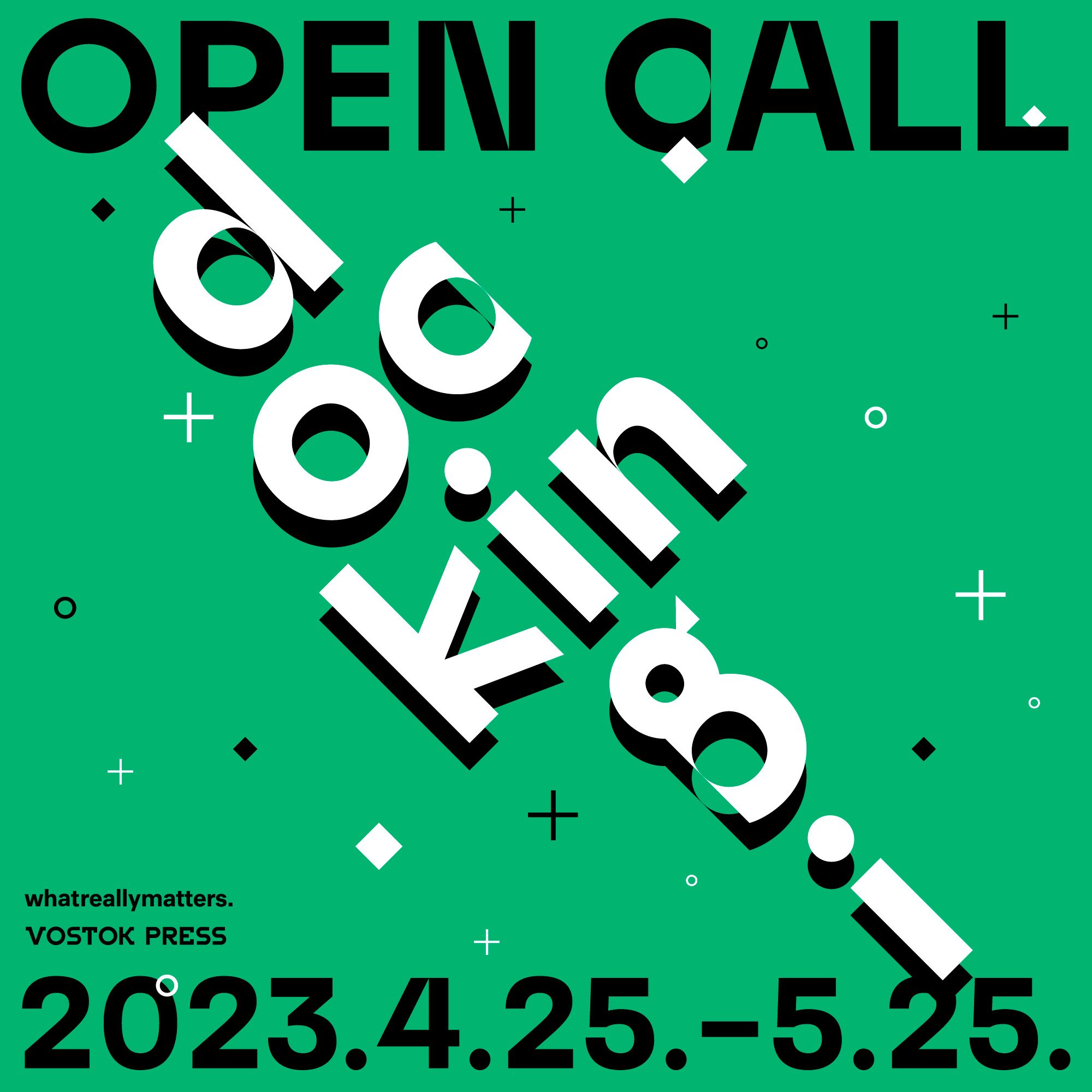
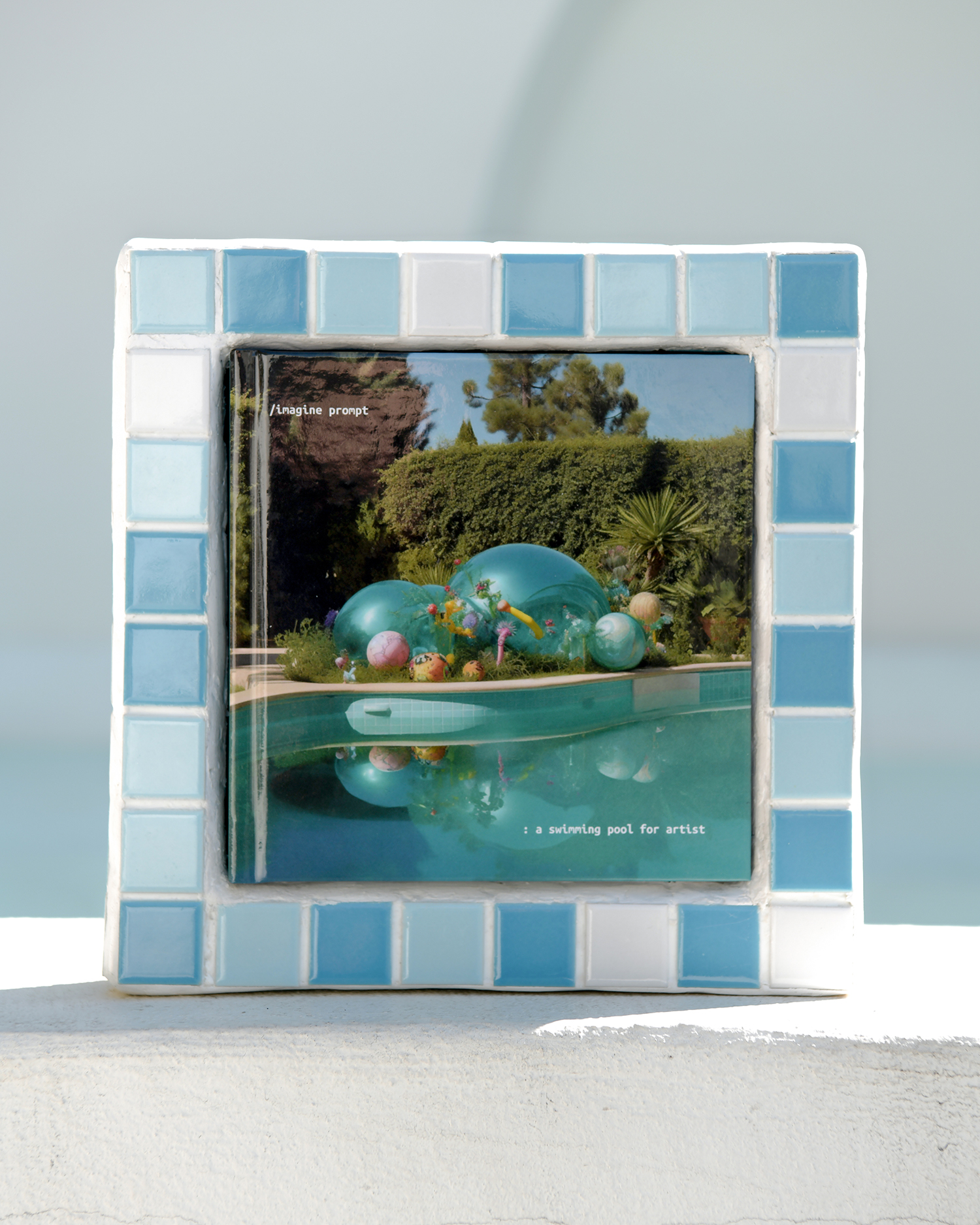
book case and cover
There was a plan to make a bookcase which is a shape of a swimming pool. I handmaded a dummy book and case with eska board, clay, silicon resin, ceramic tiles, etc. It spended a whole day.

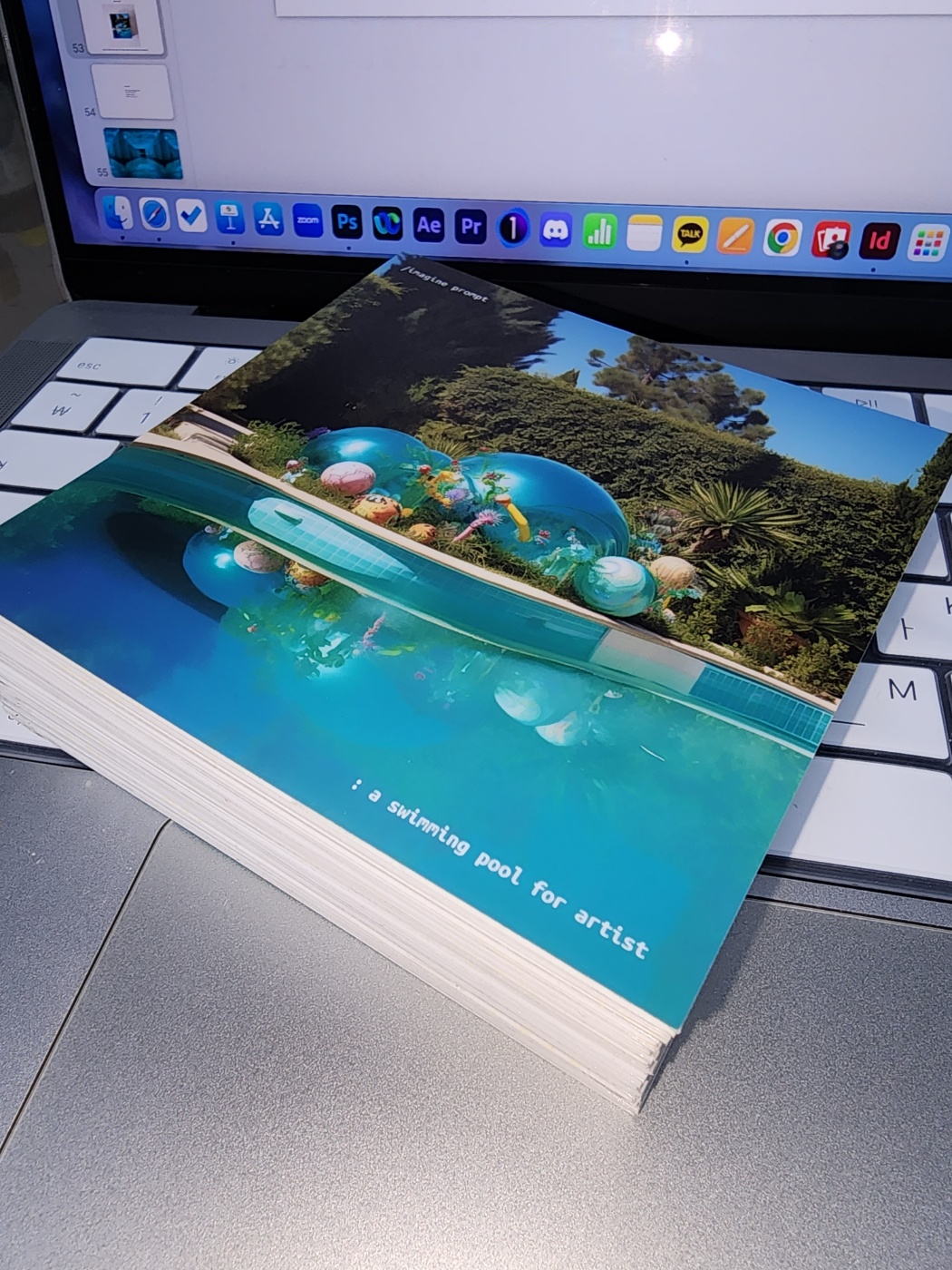
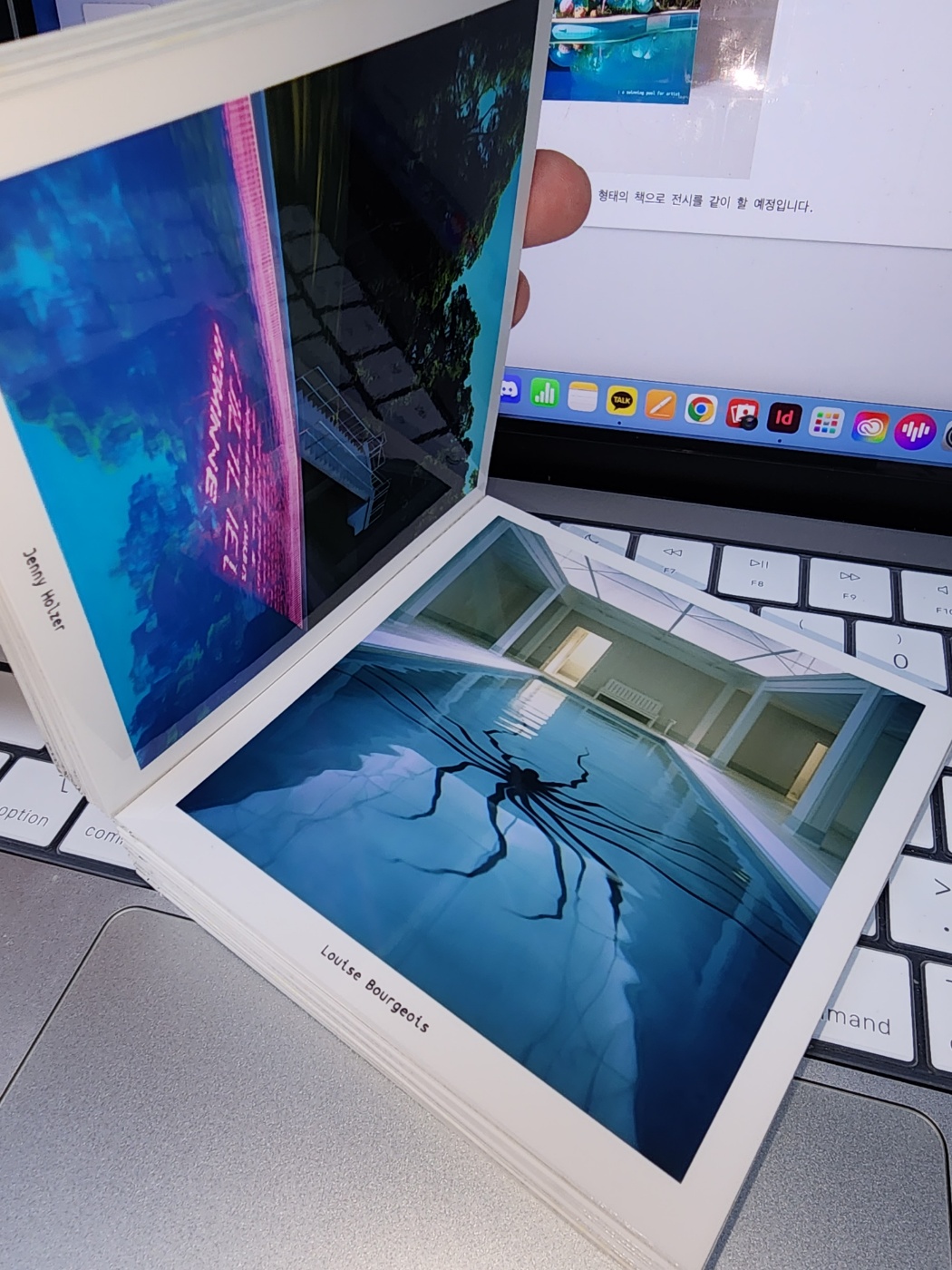
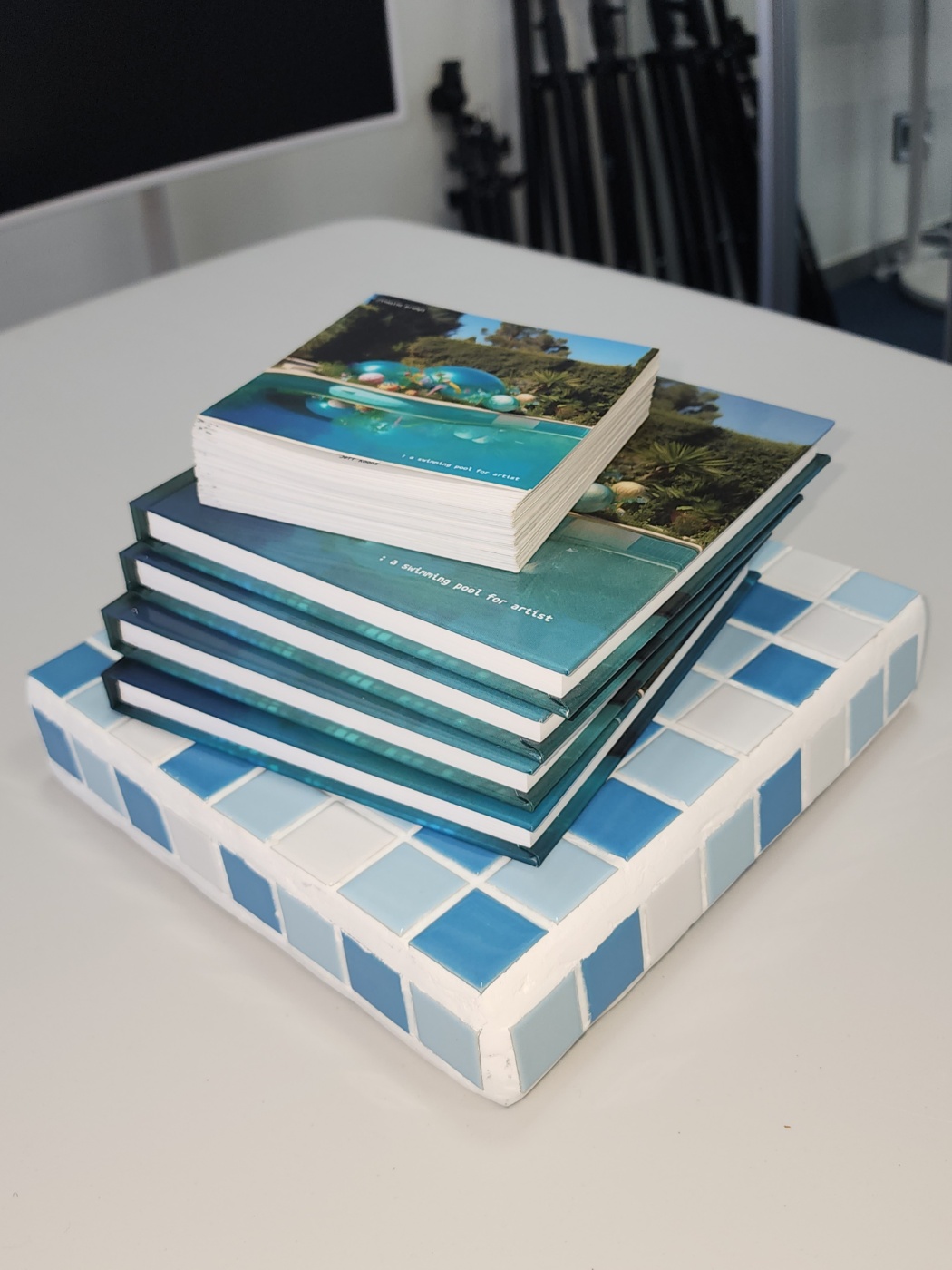

book making process


#2 Five works from the series are displayed in the Ai image group exhibition titled <Fake is Real> at CICA Museum︎︎︎ in March, 2024.


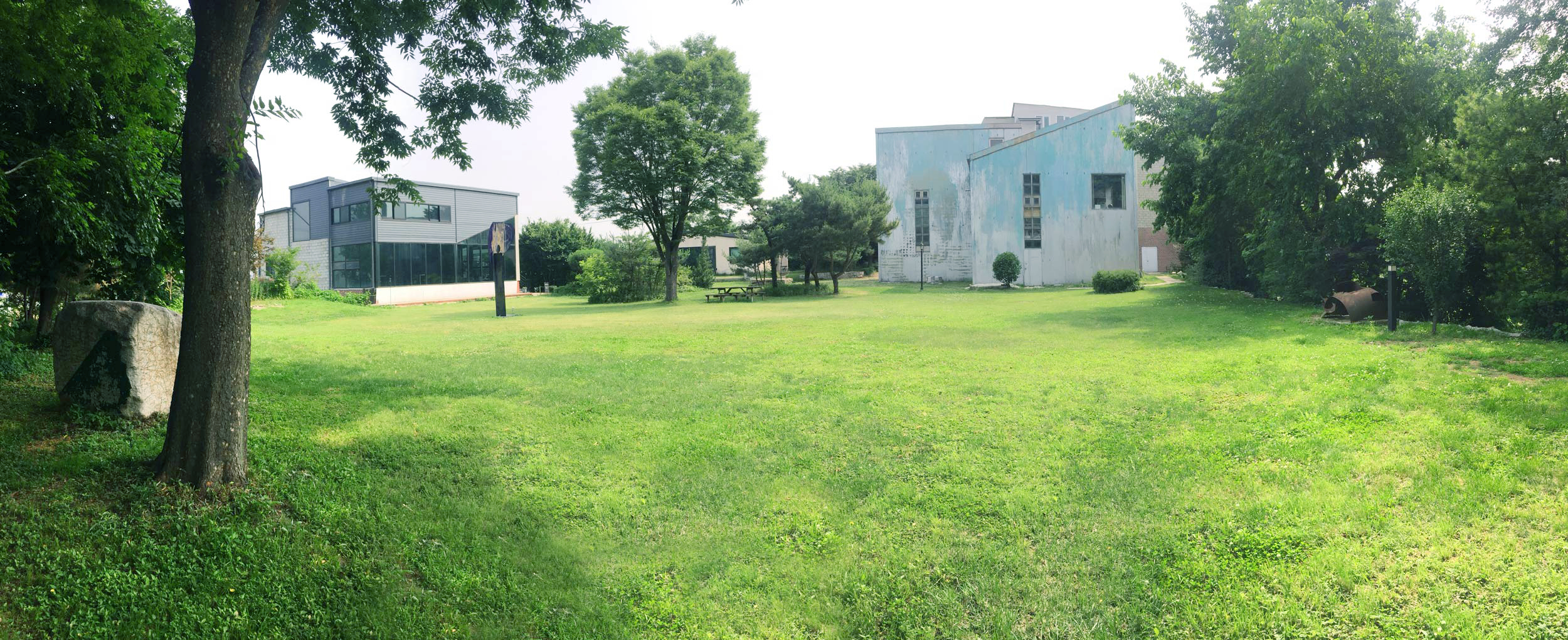


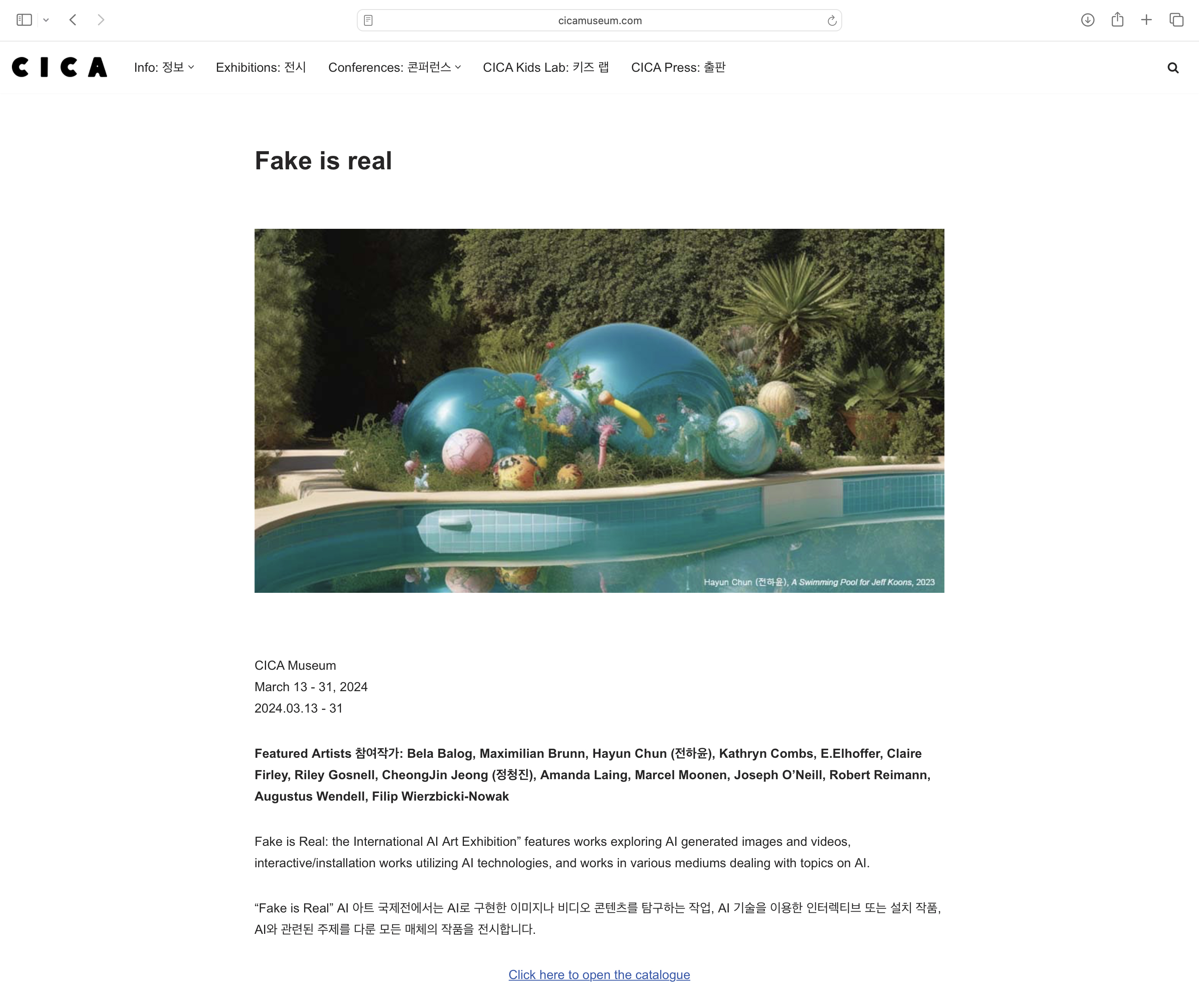

#3 And this book has been finally selected for Kassel Dummy Award ‘24!








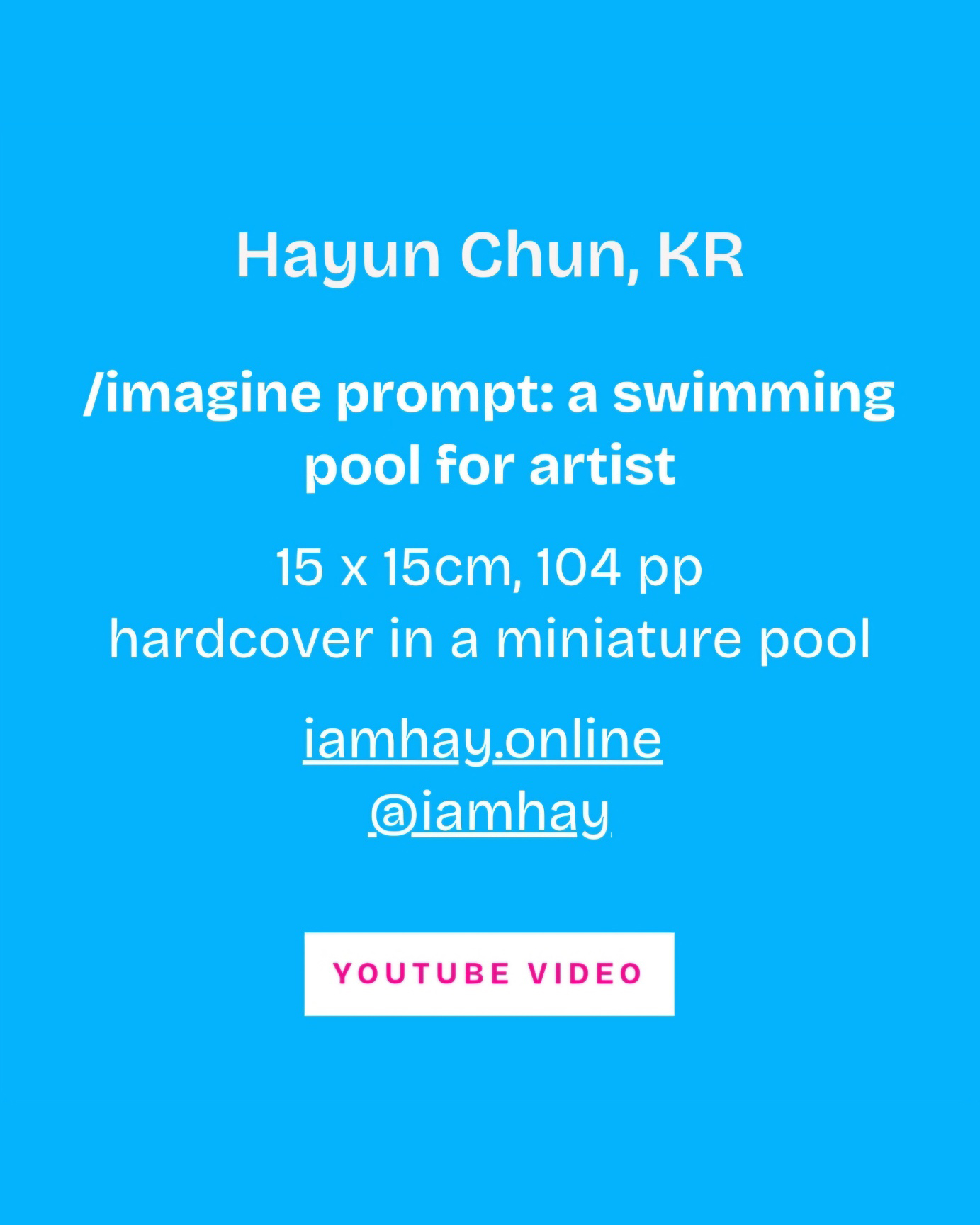

︎︎︎︎︎︎︎︎︎Archive Video from ThePhotoBookMuseum︎︎︎︎︎︎︎︎︎


